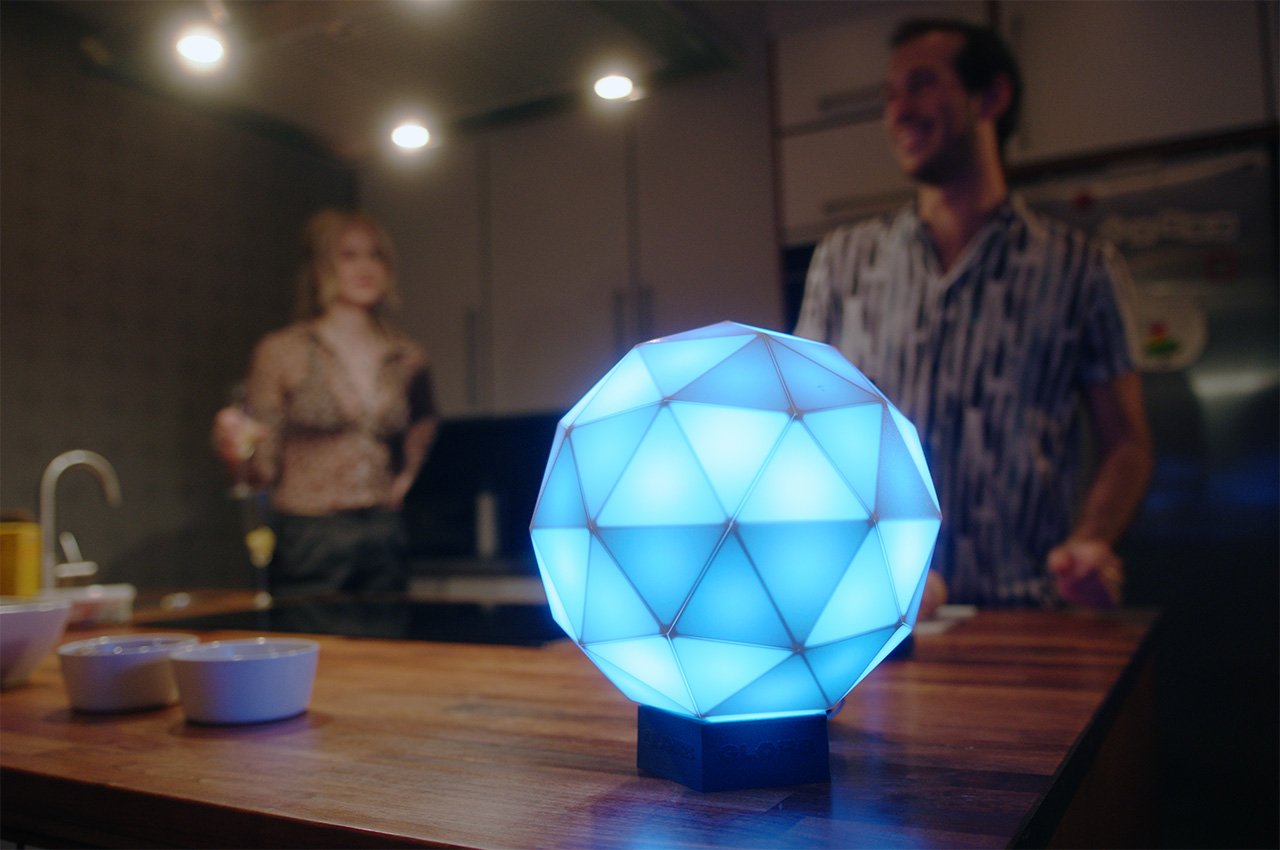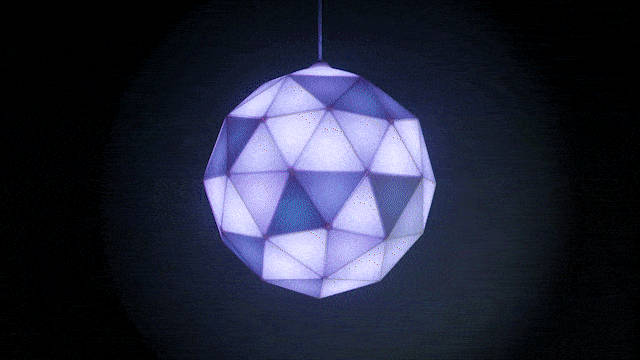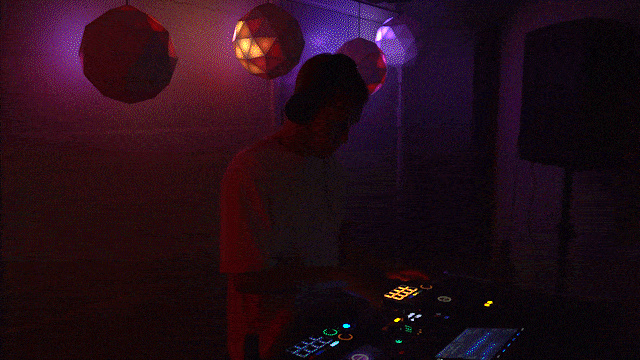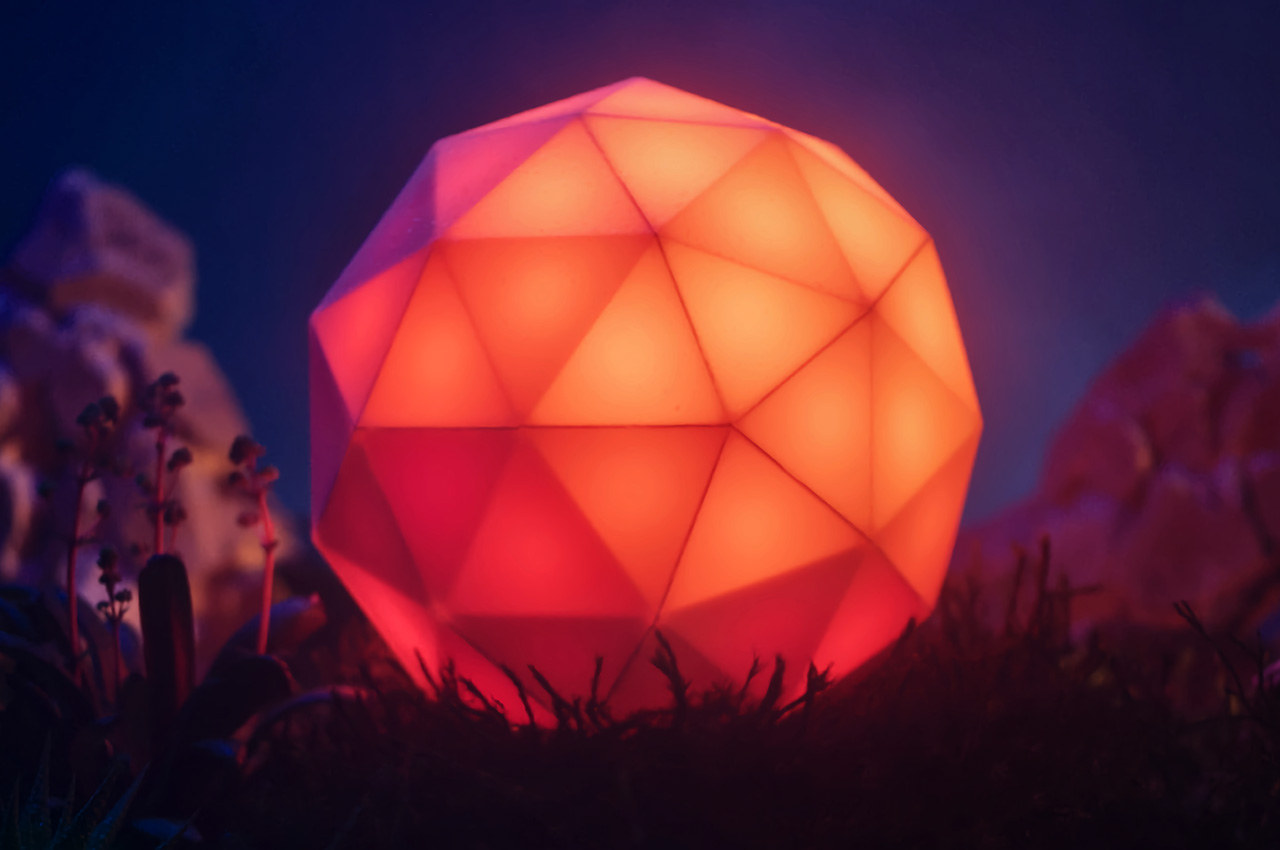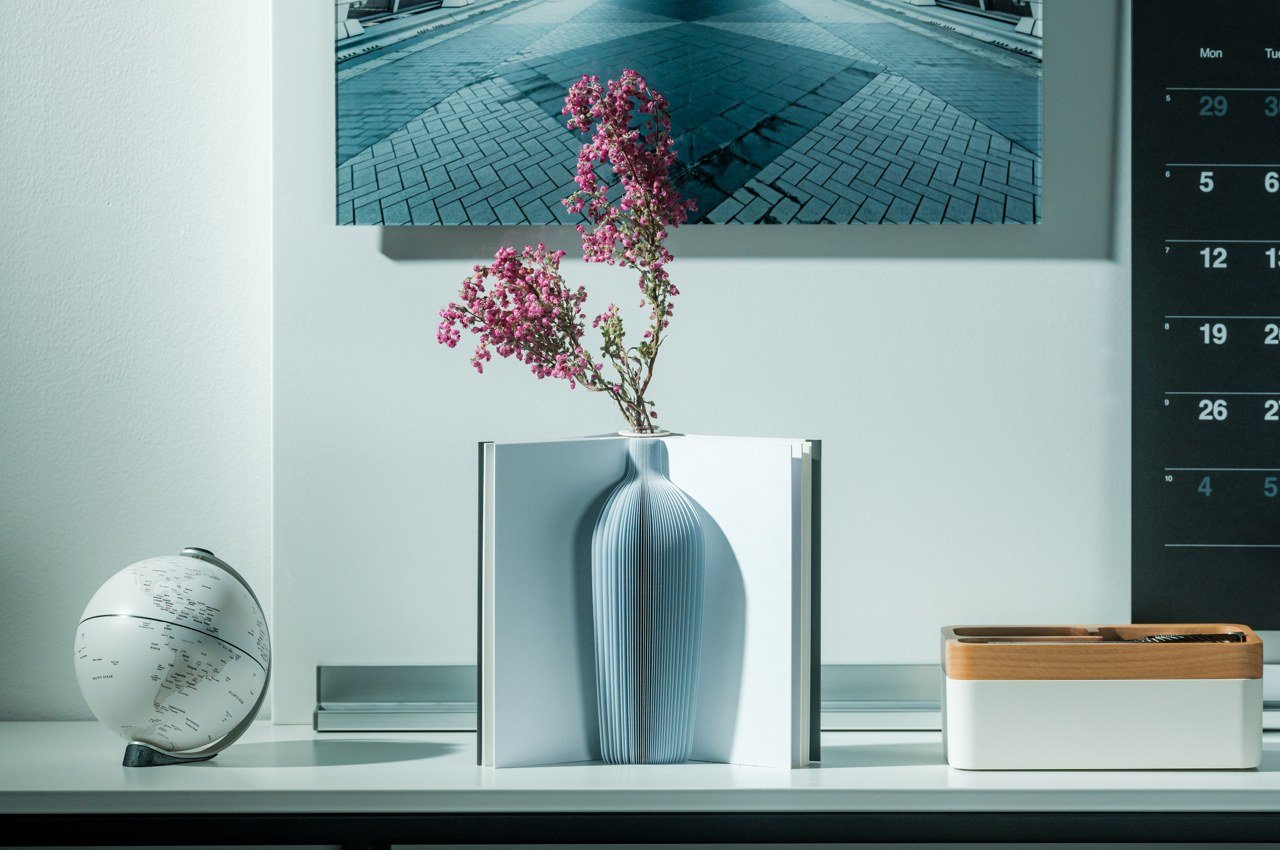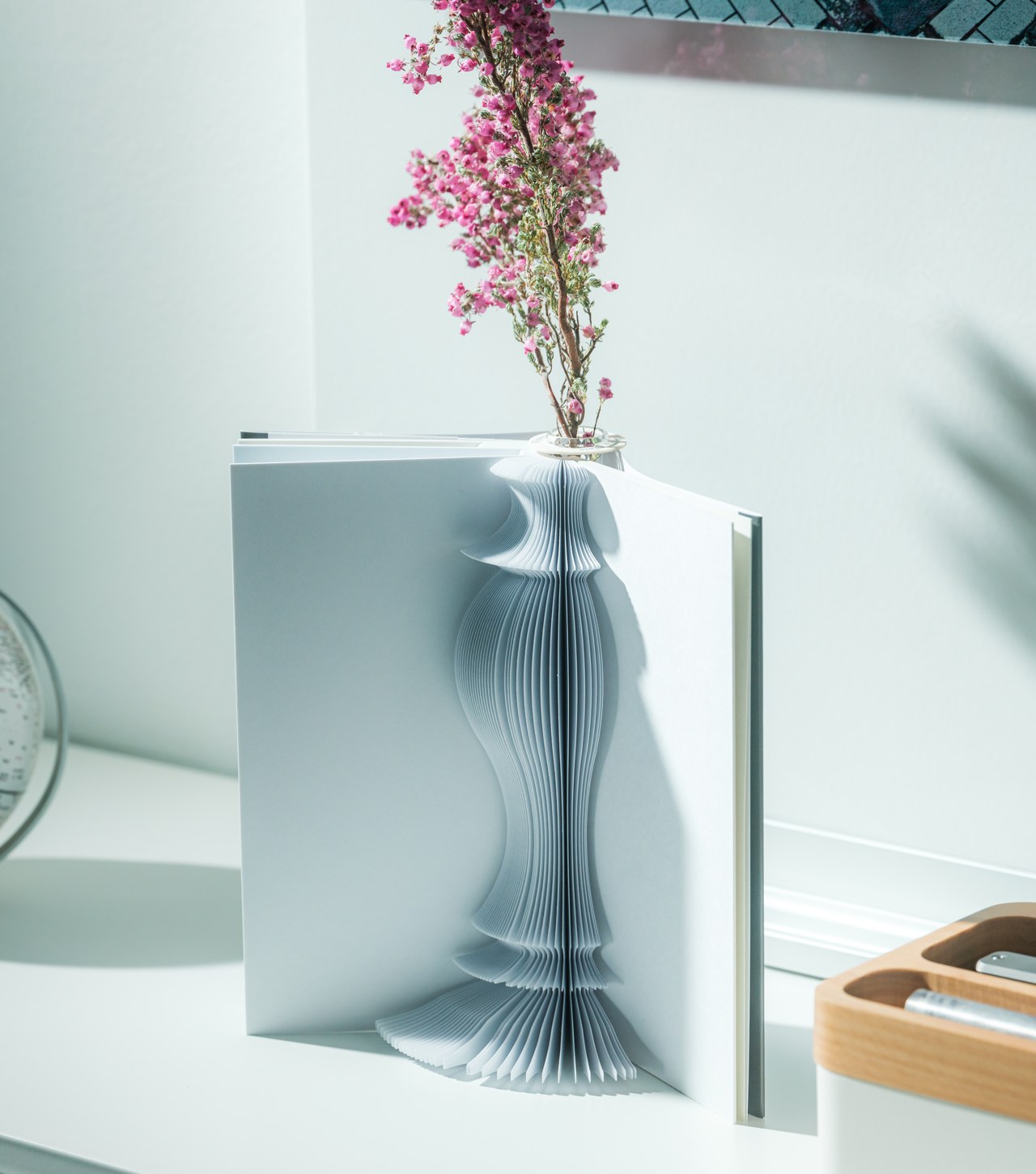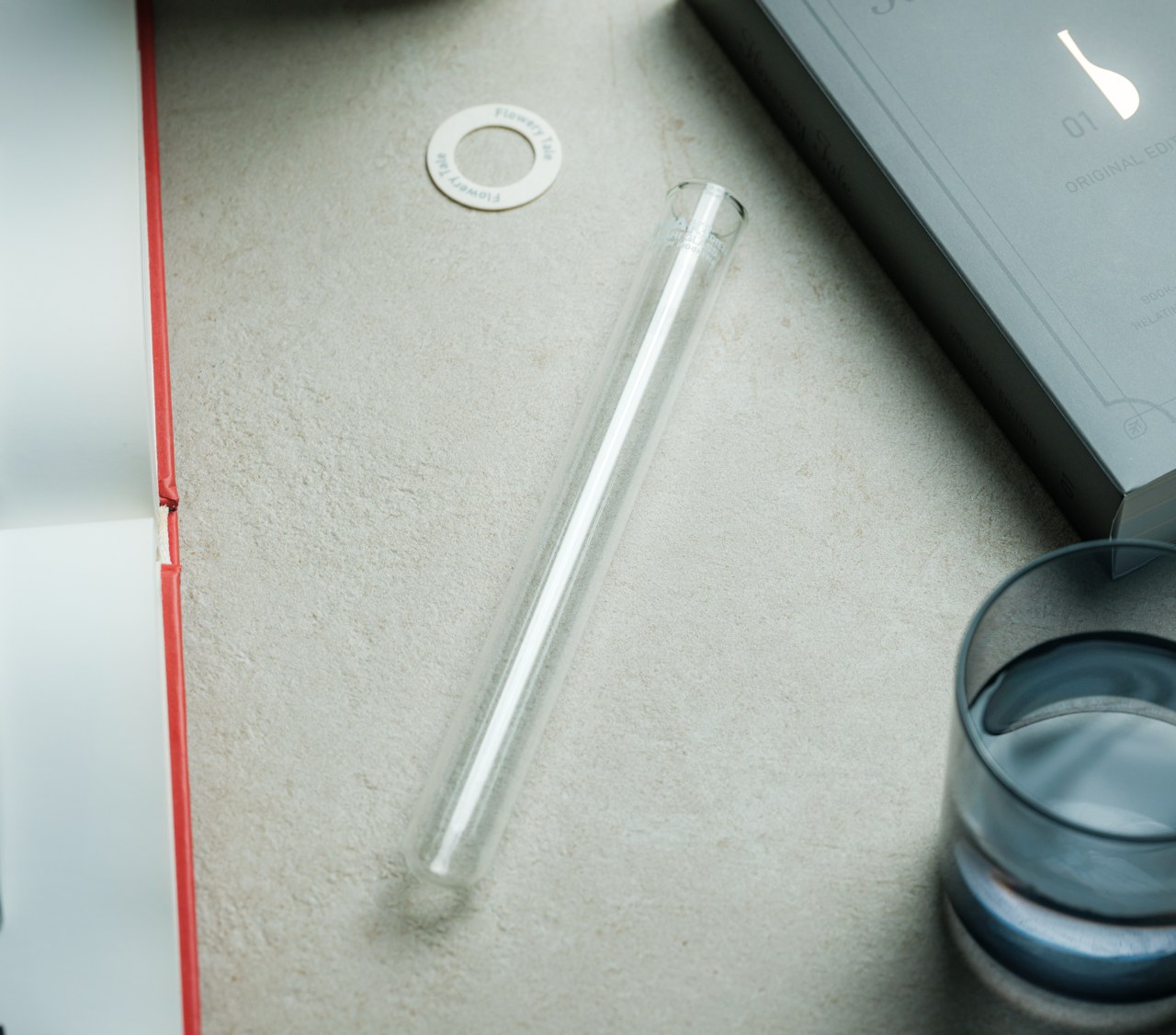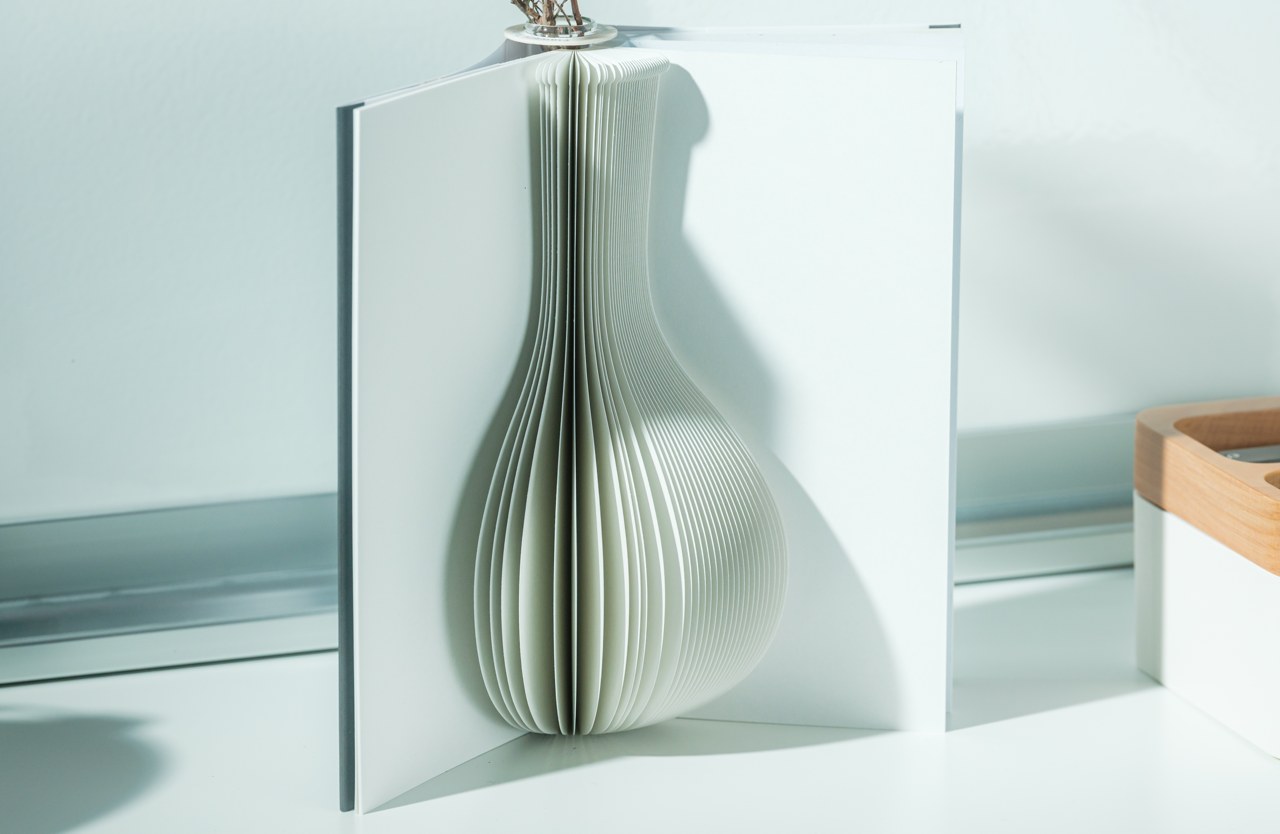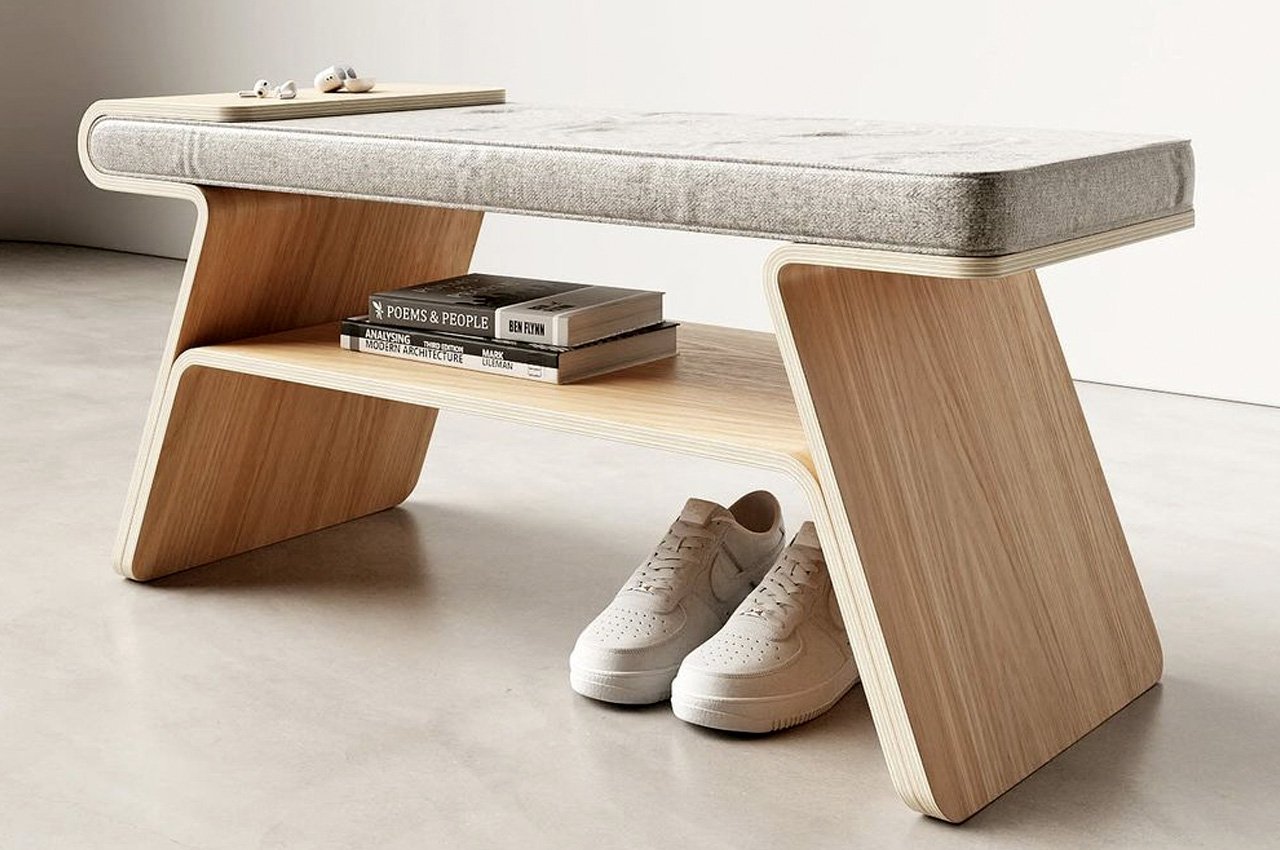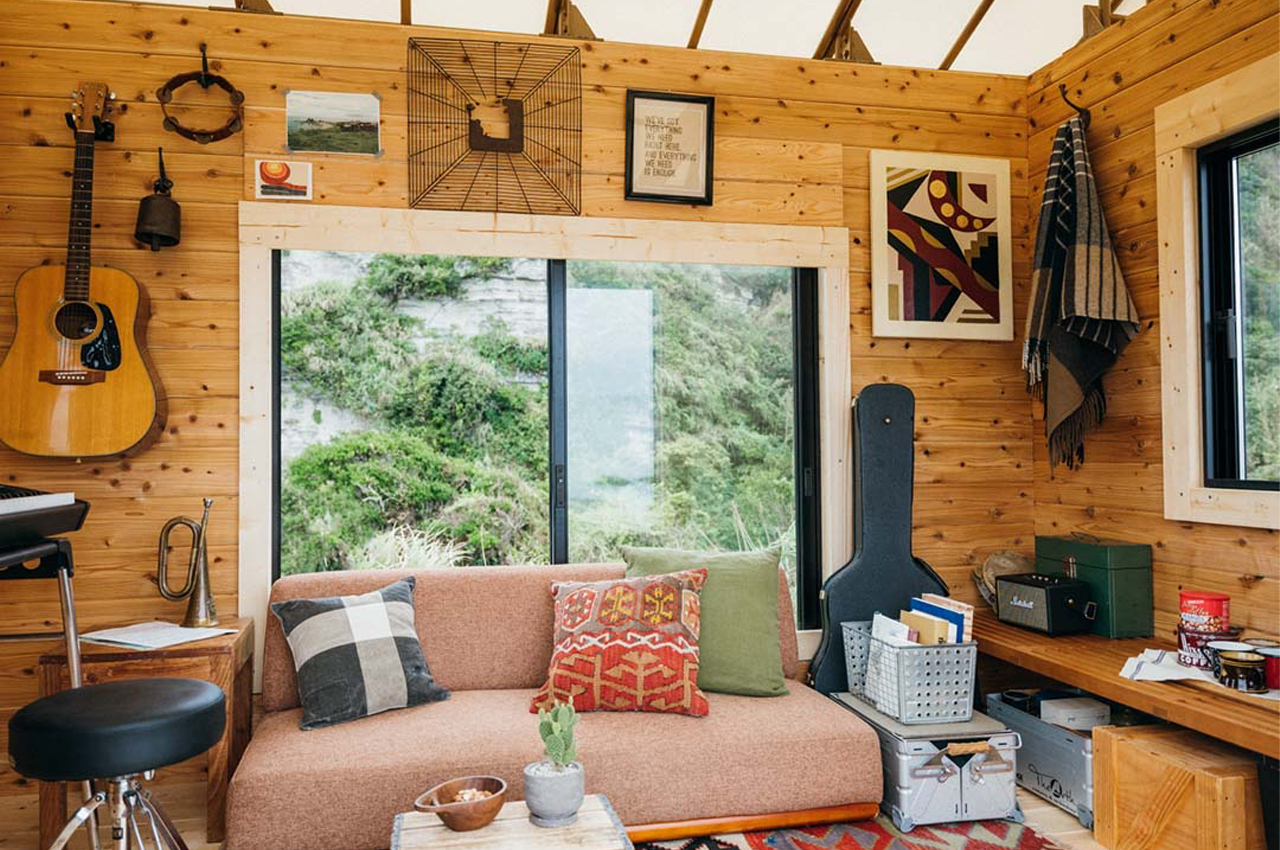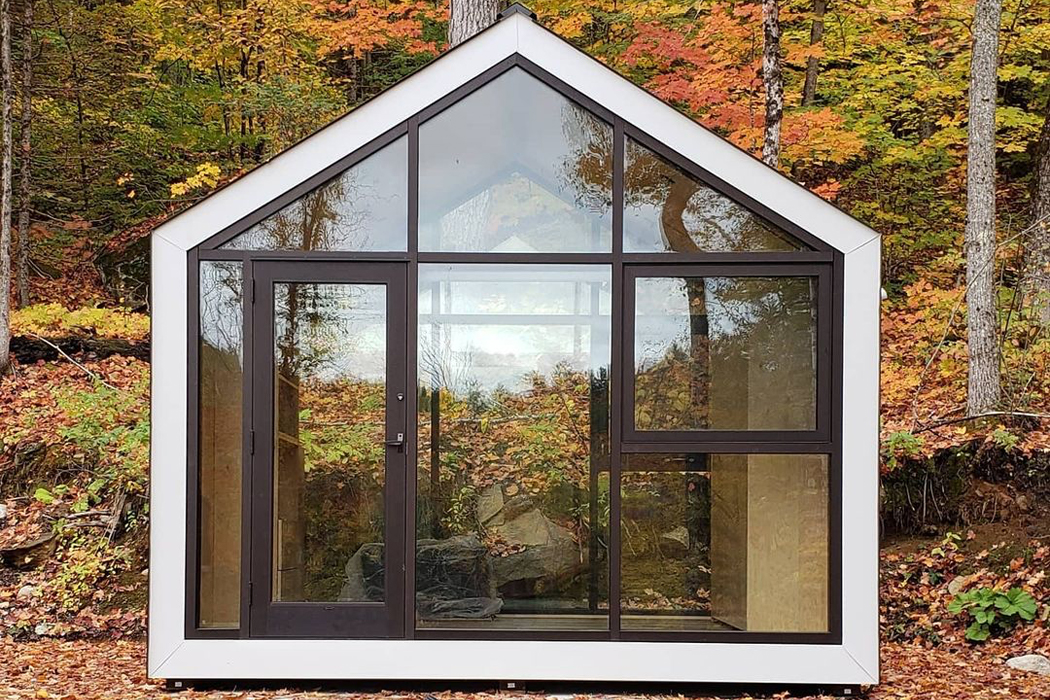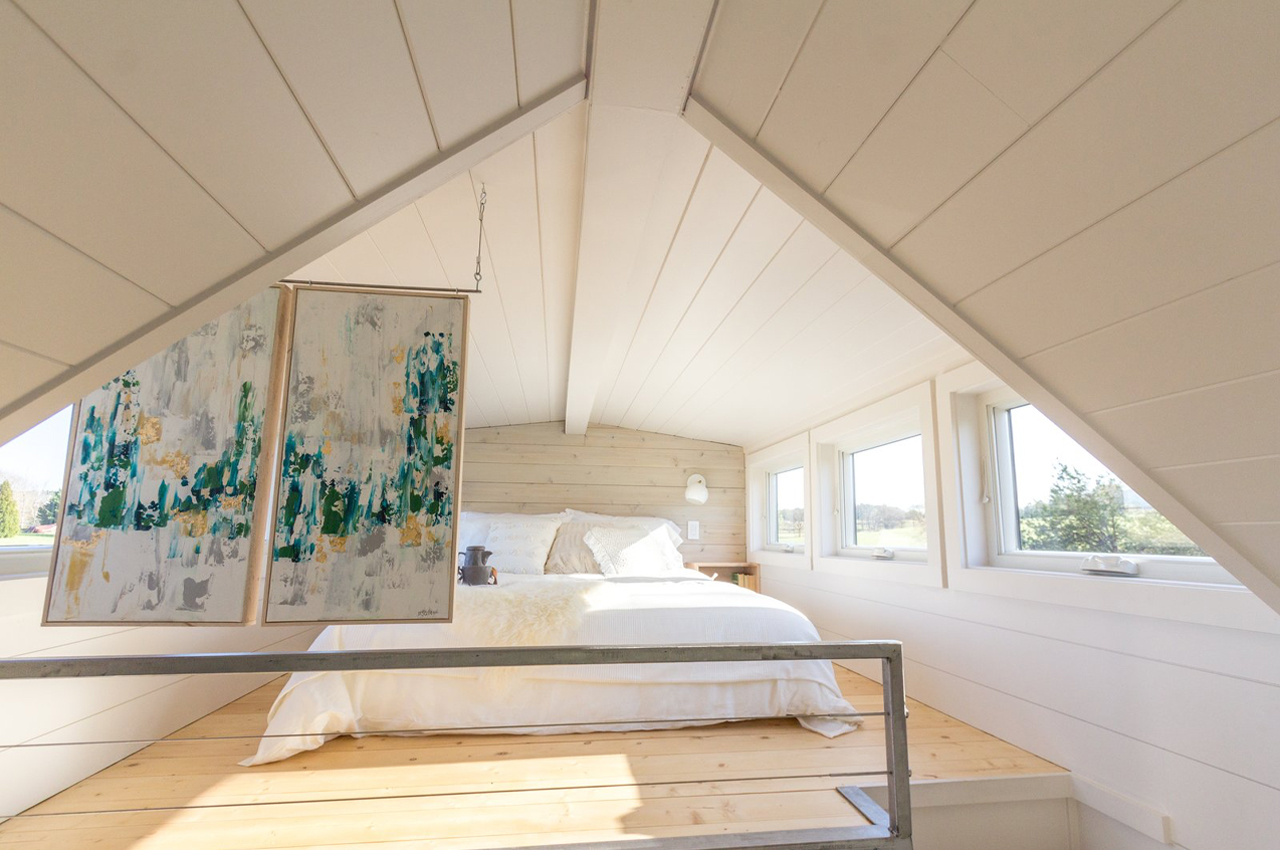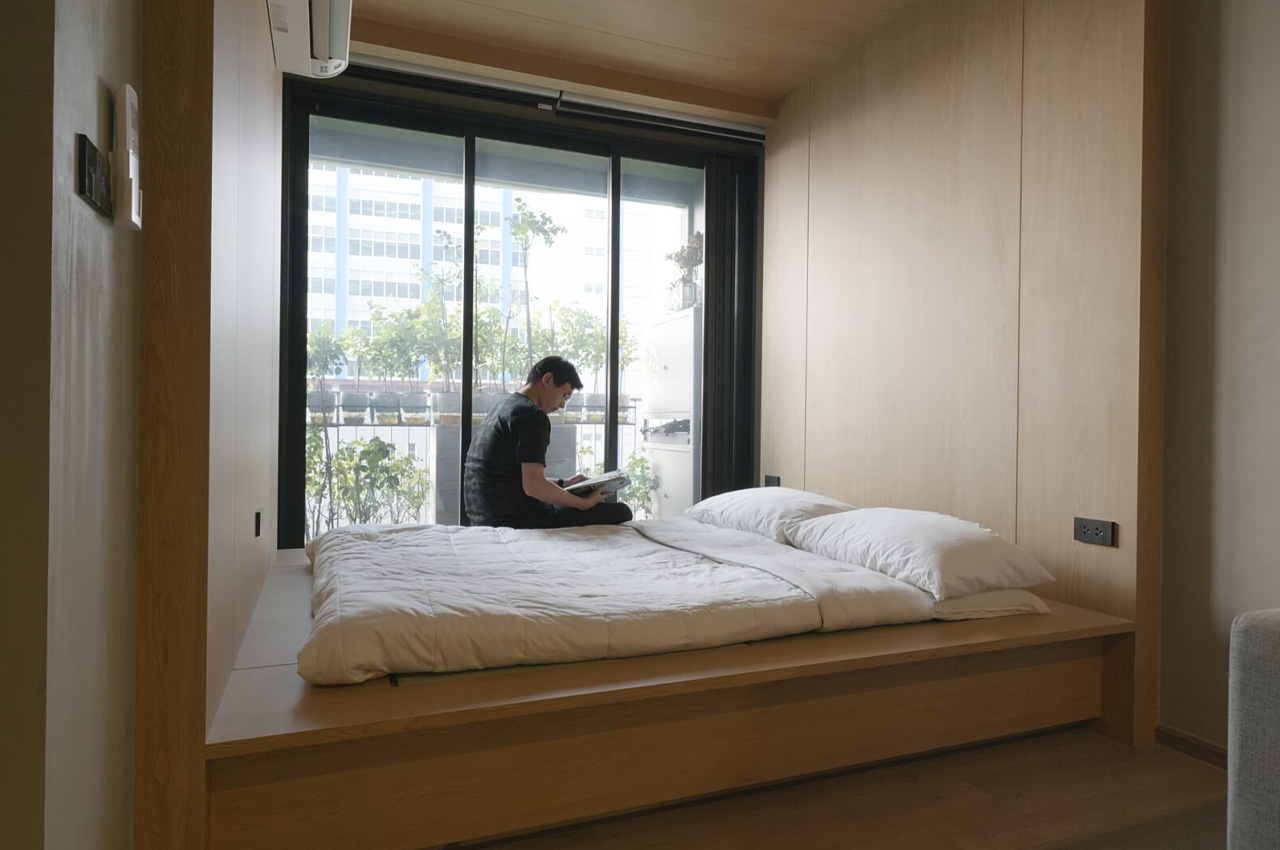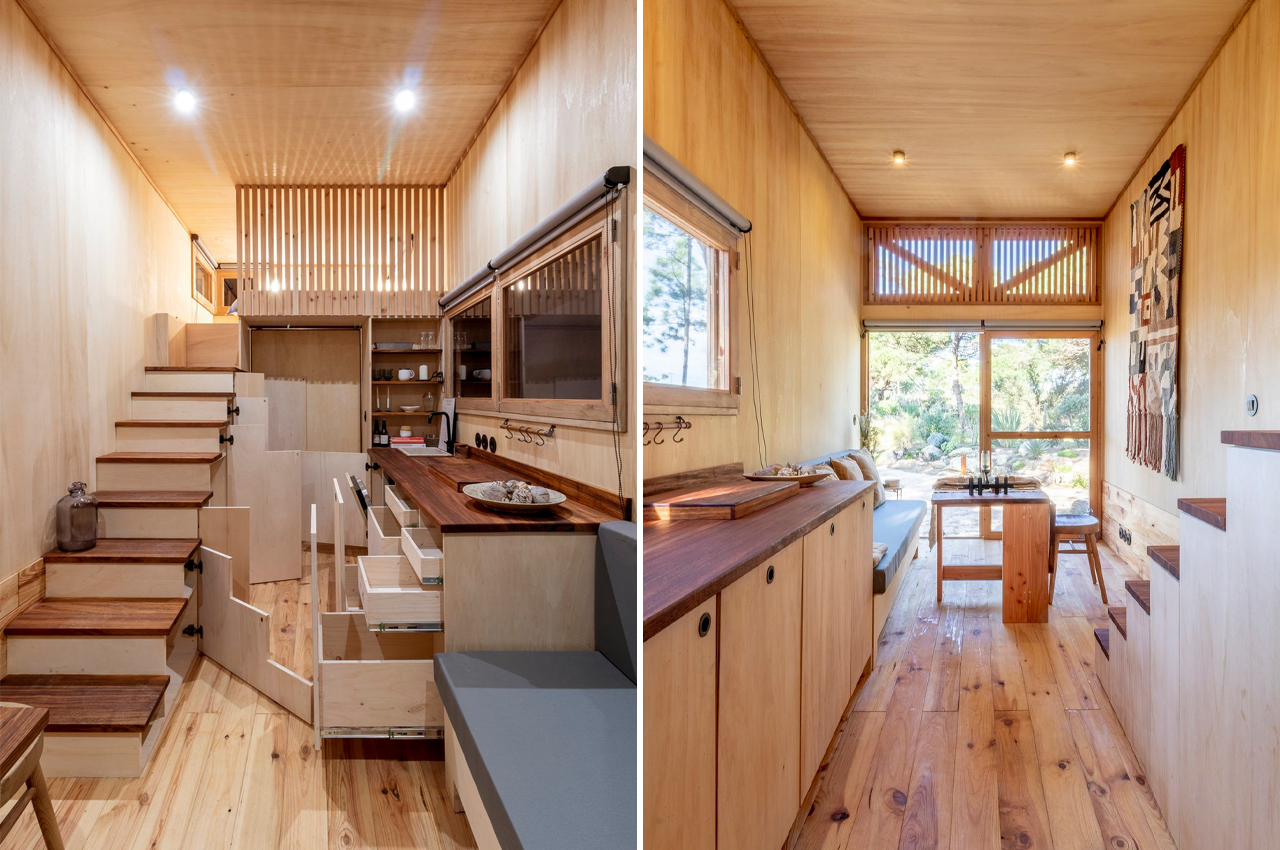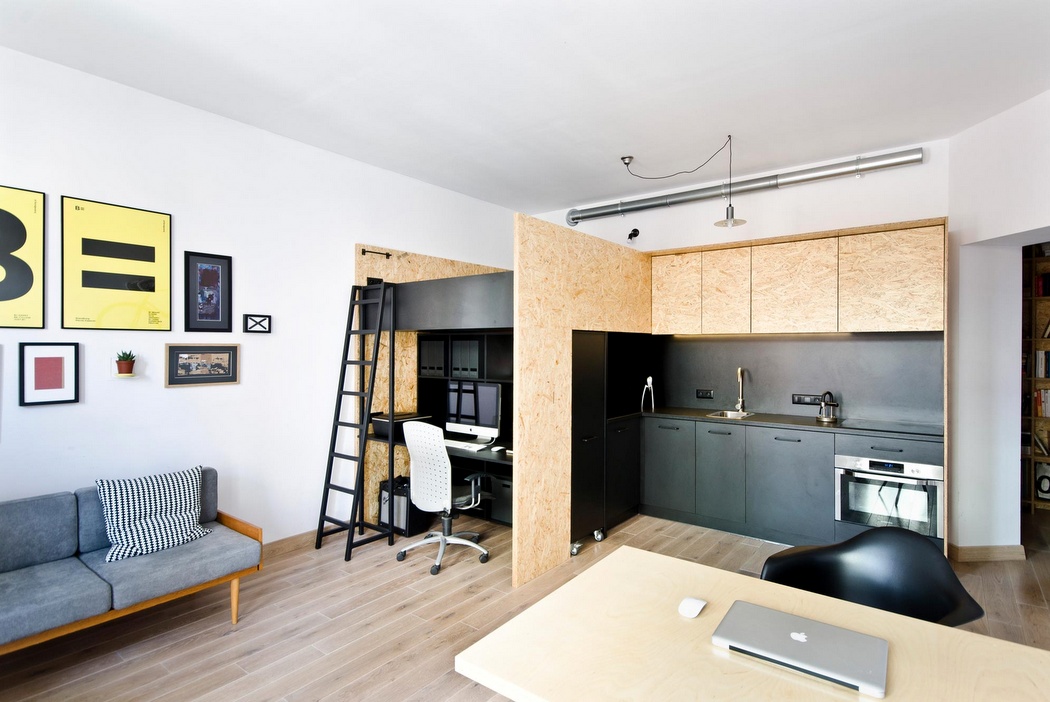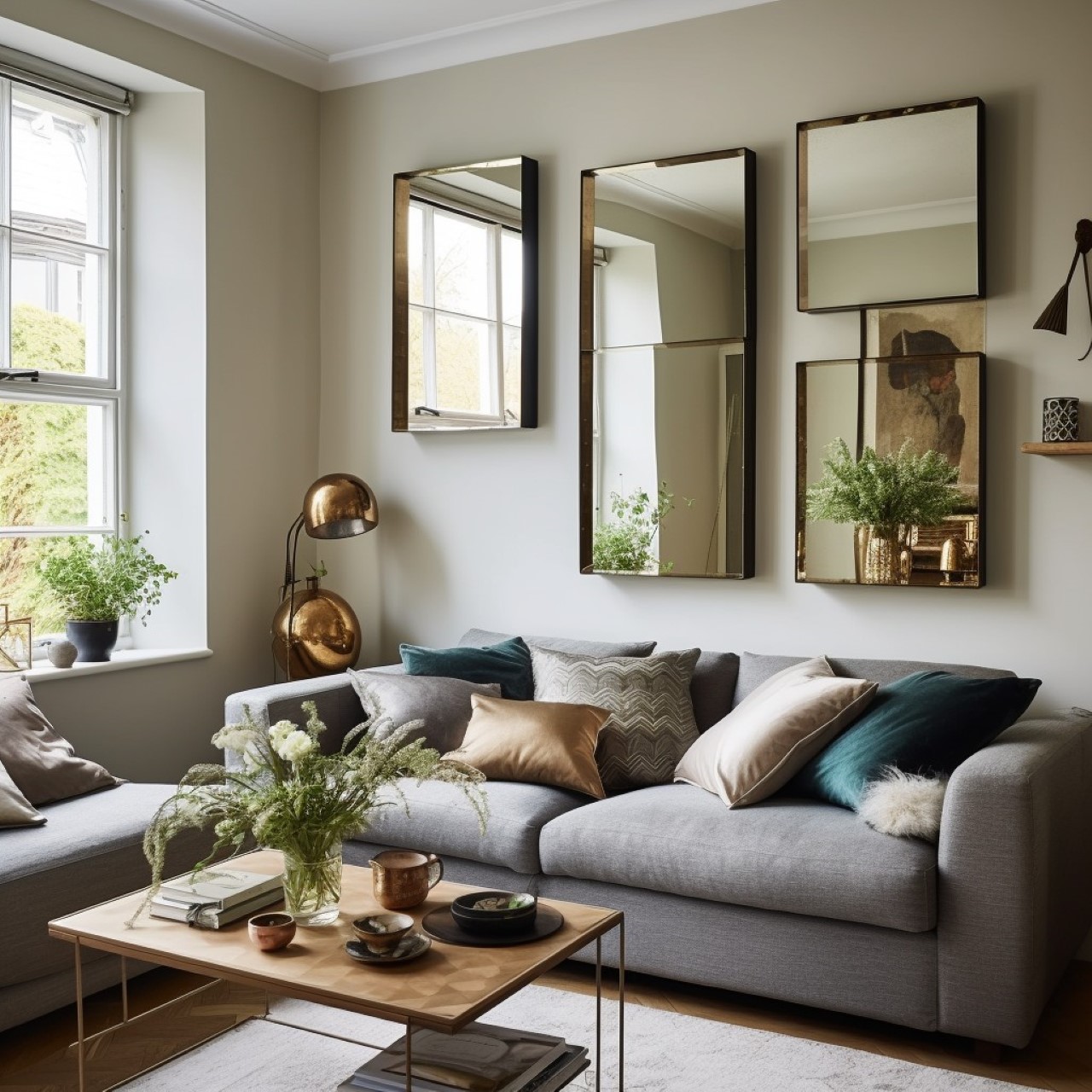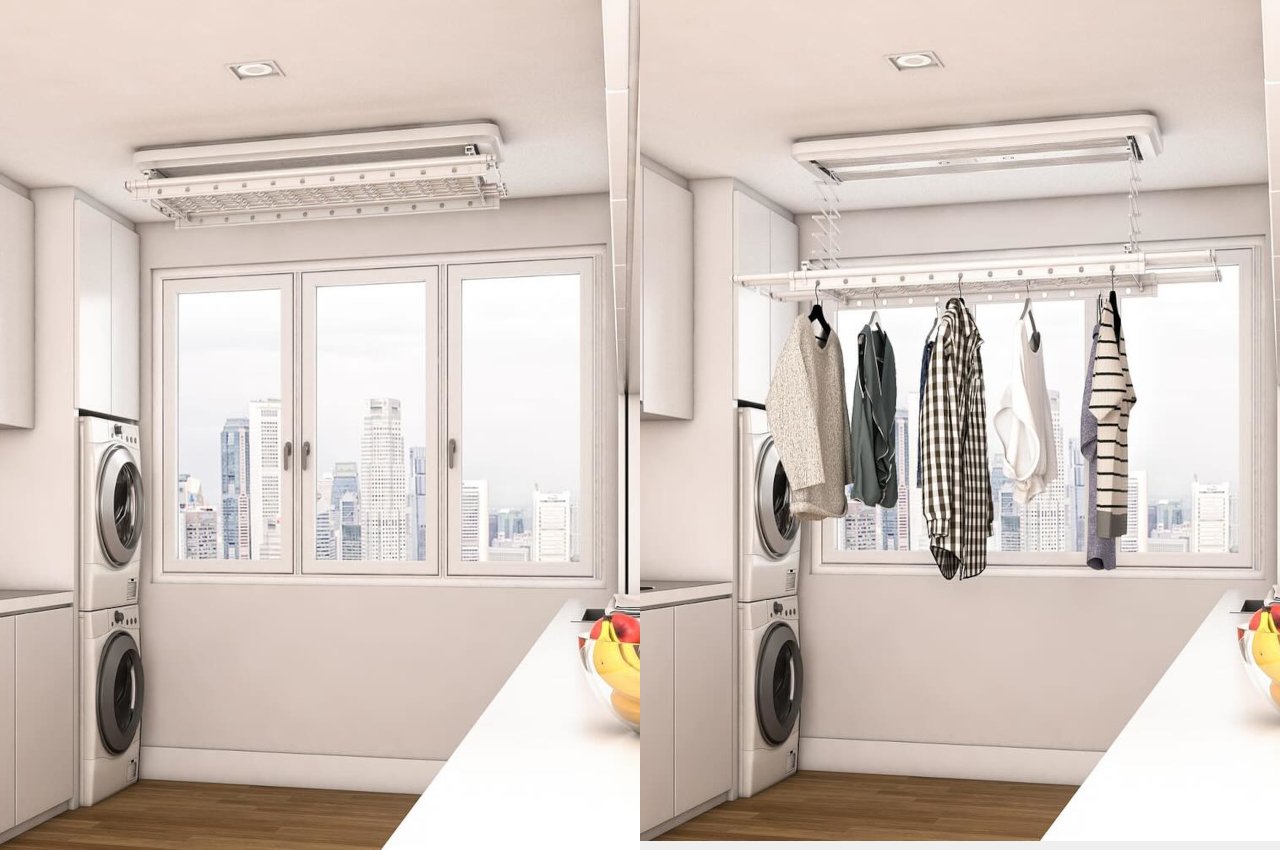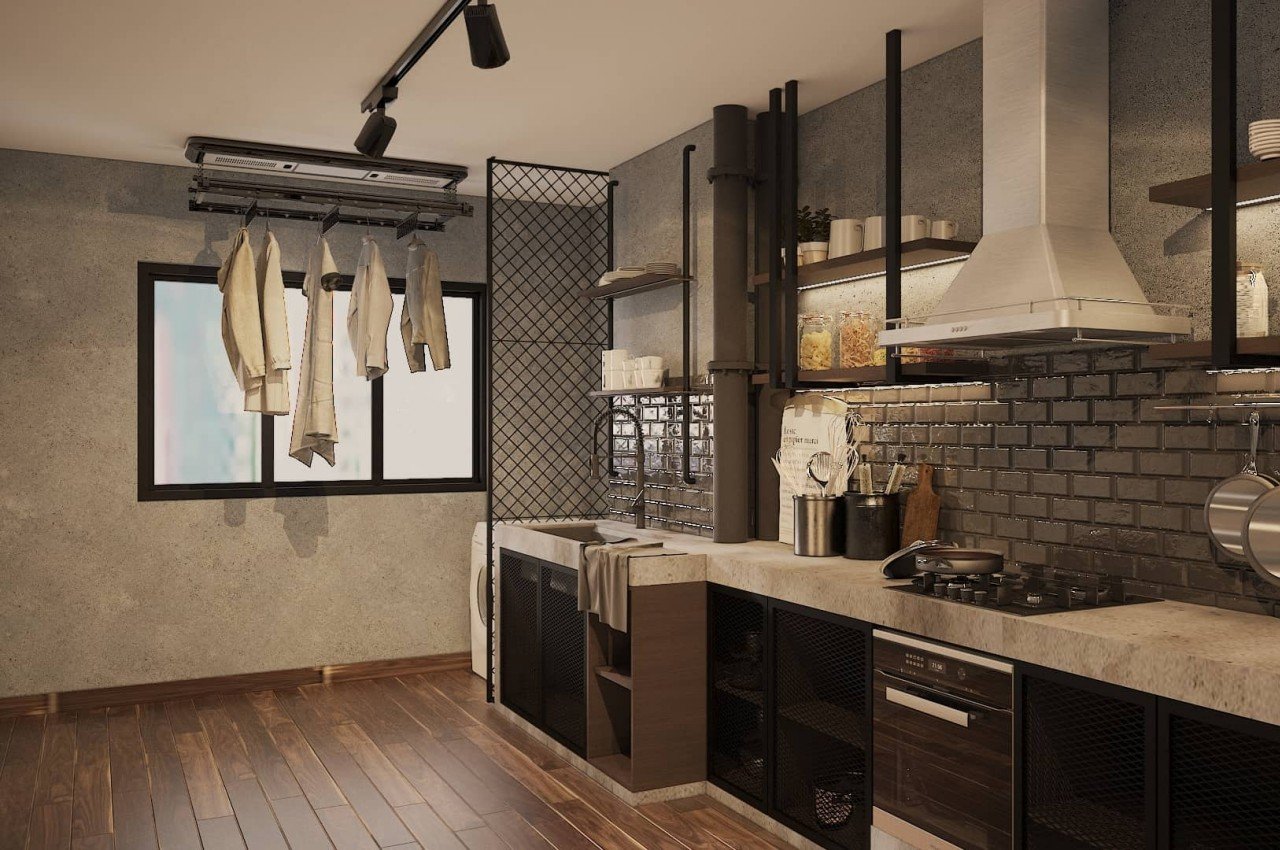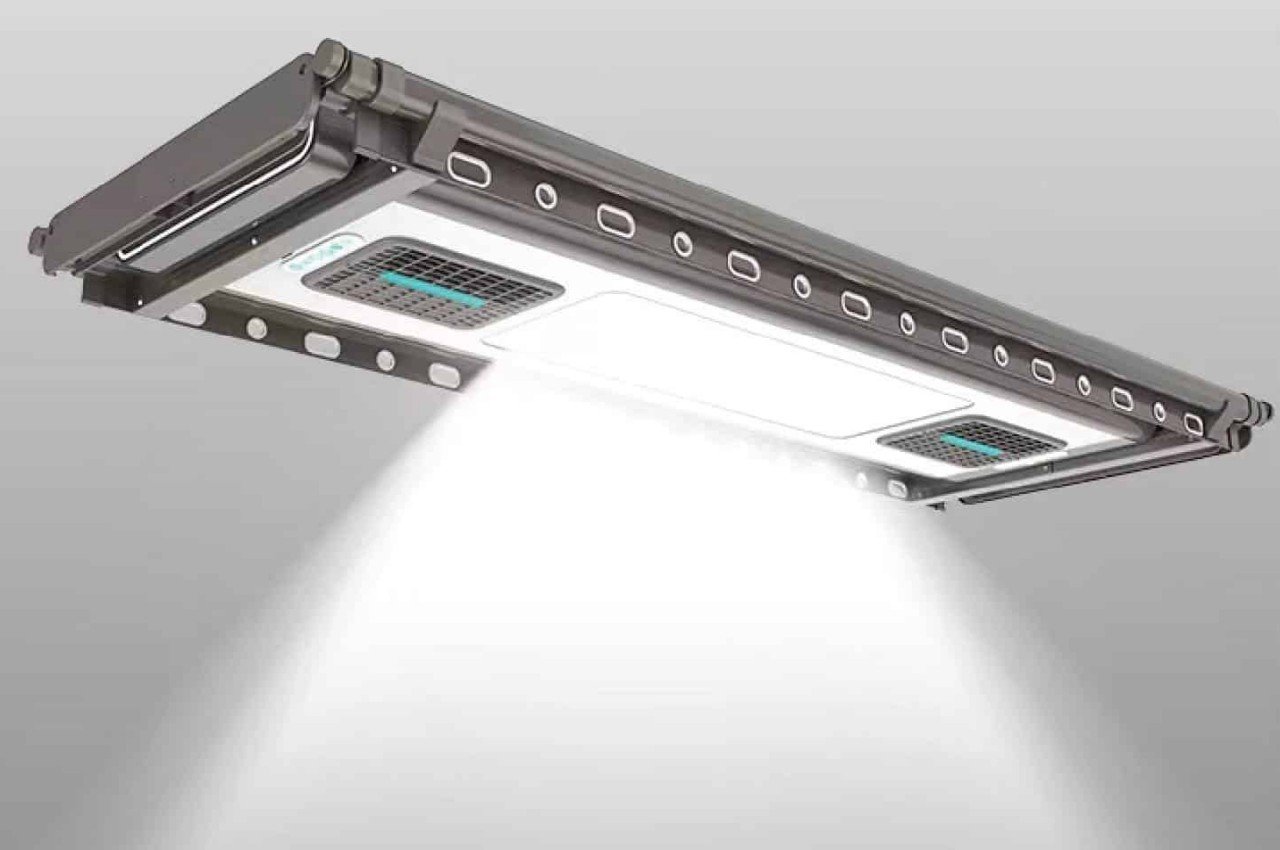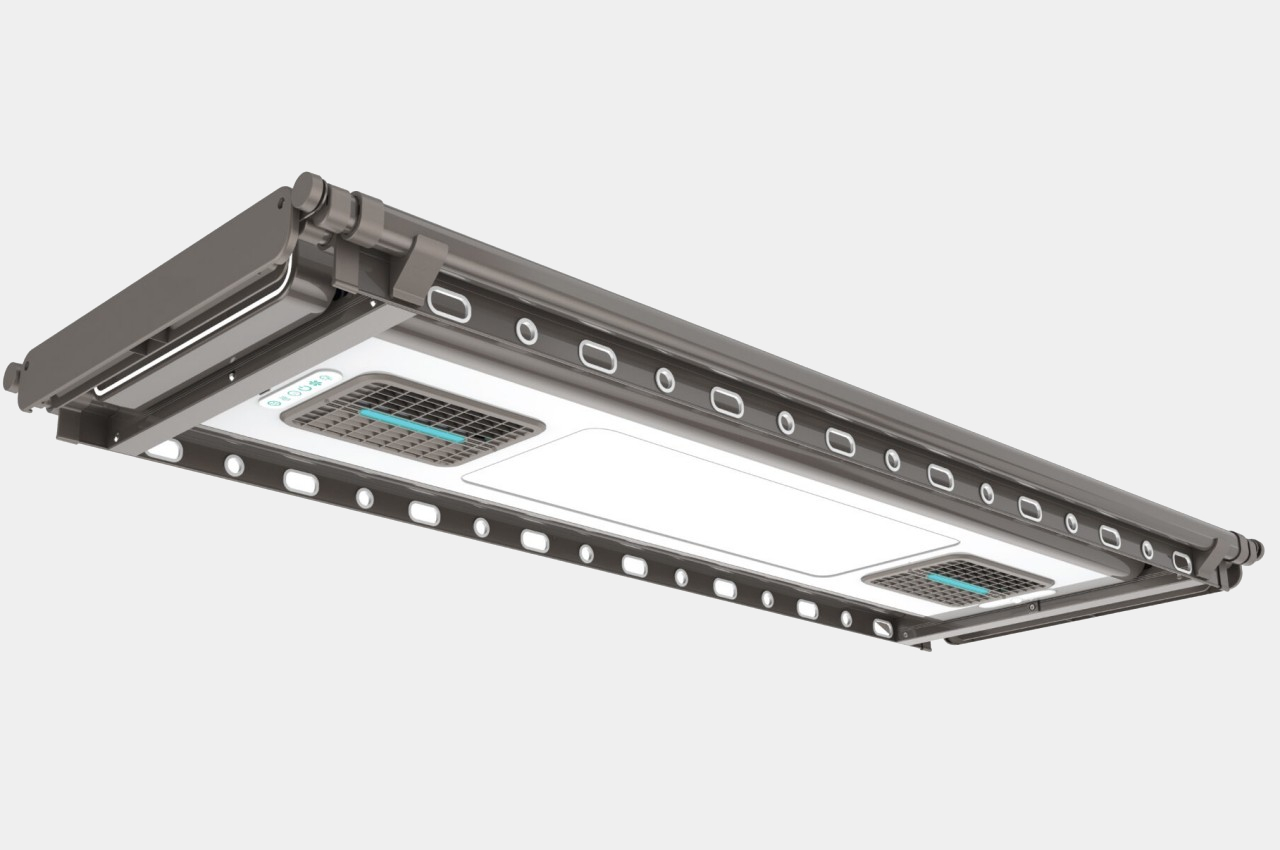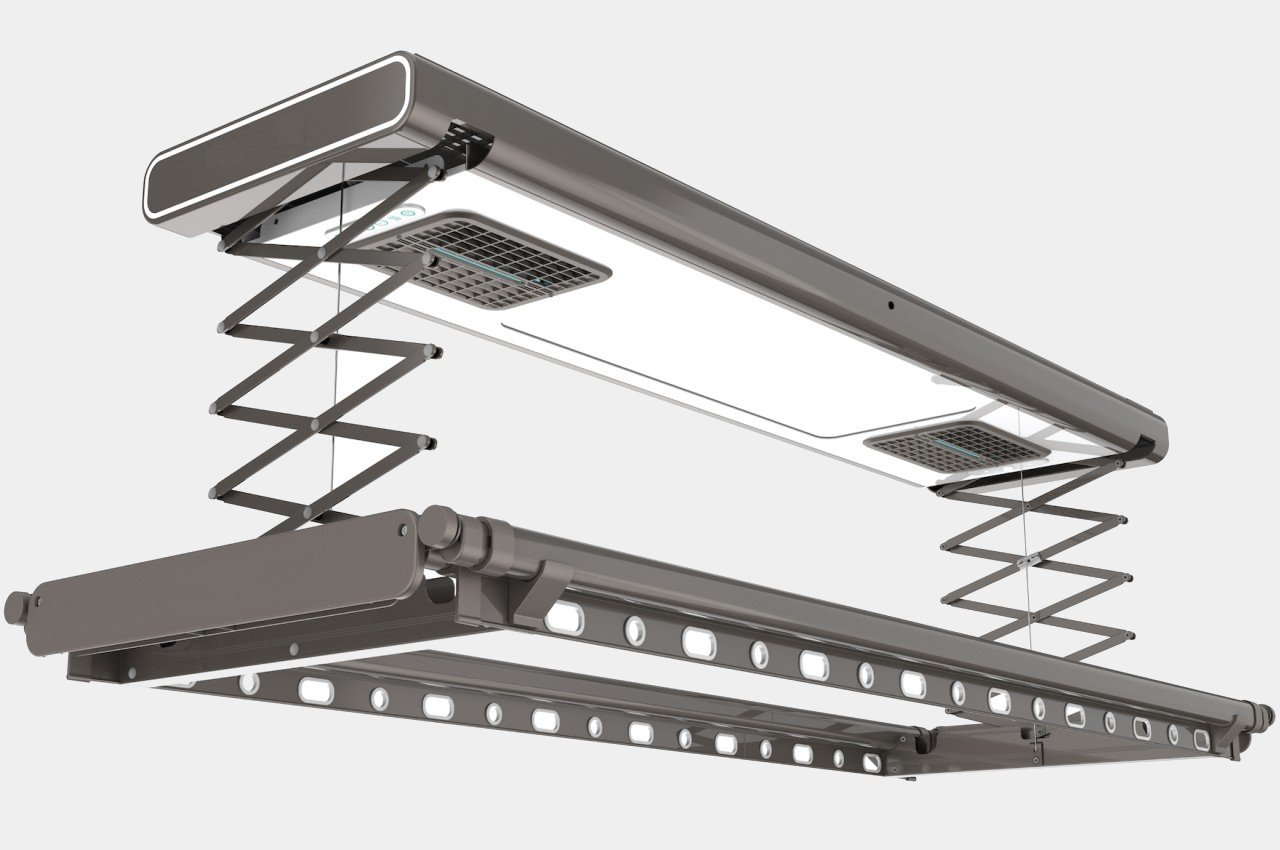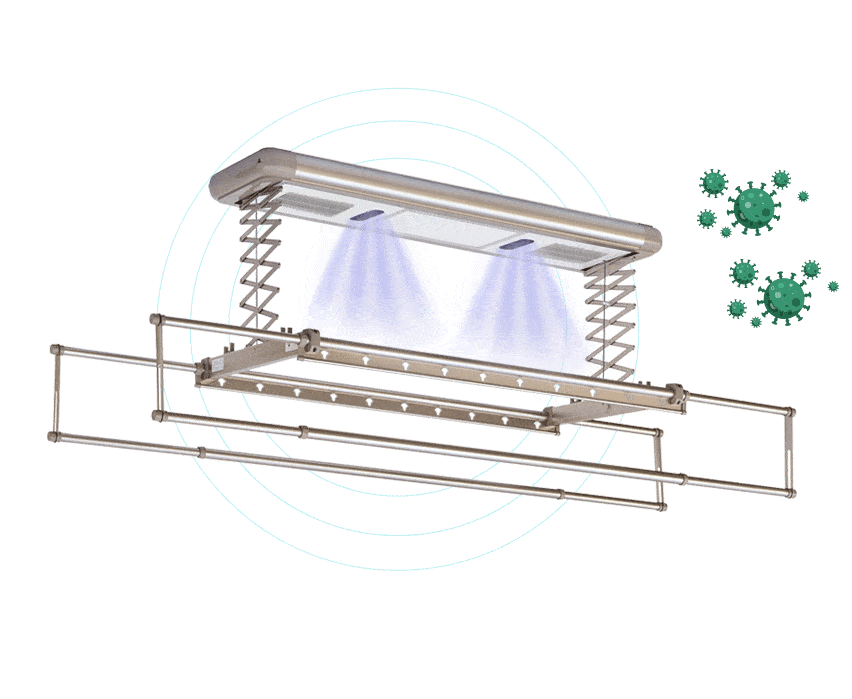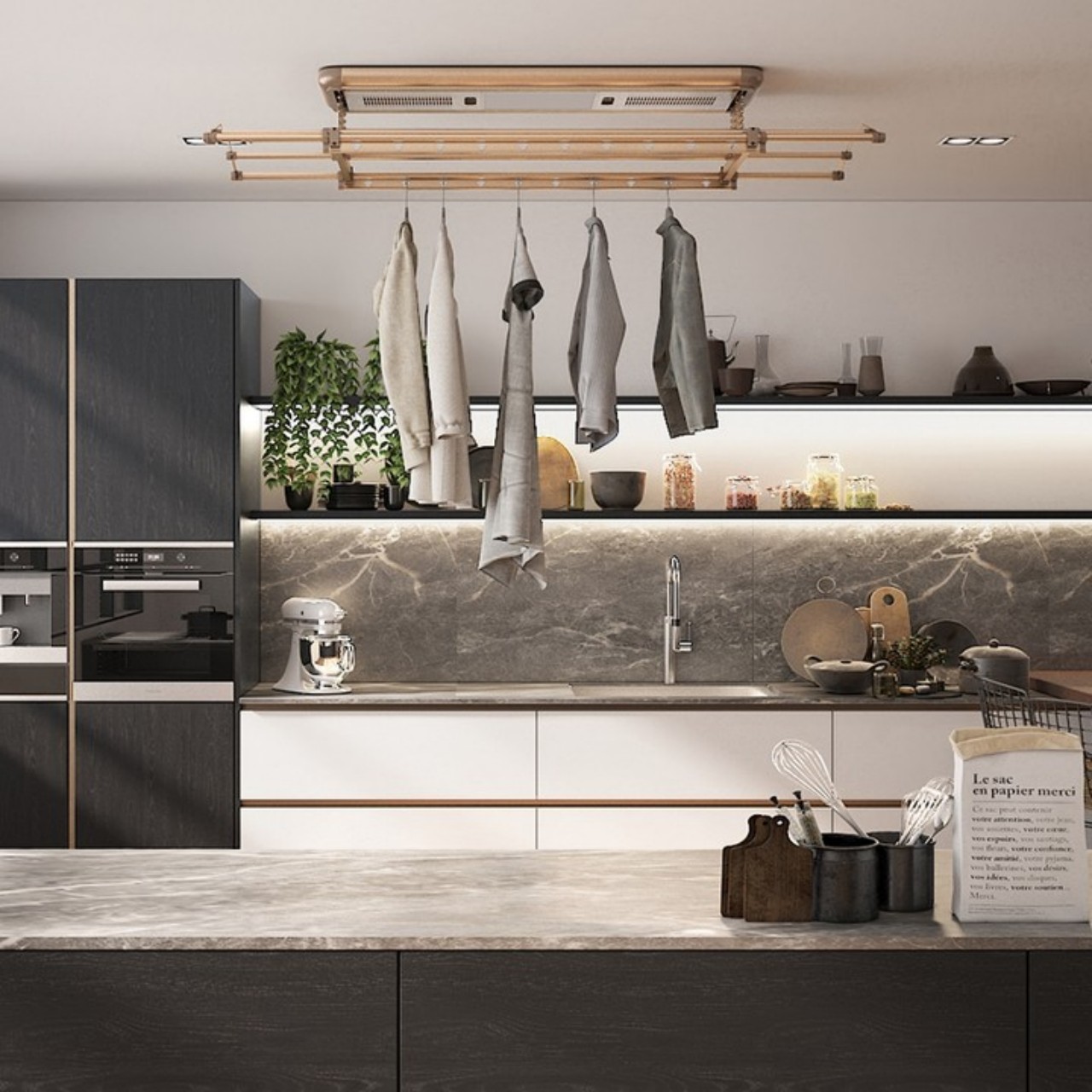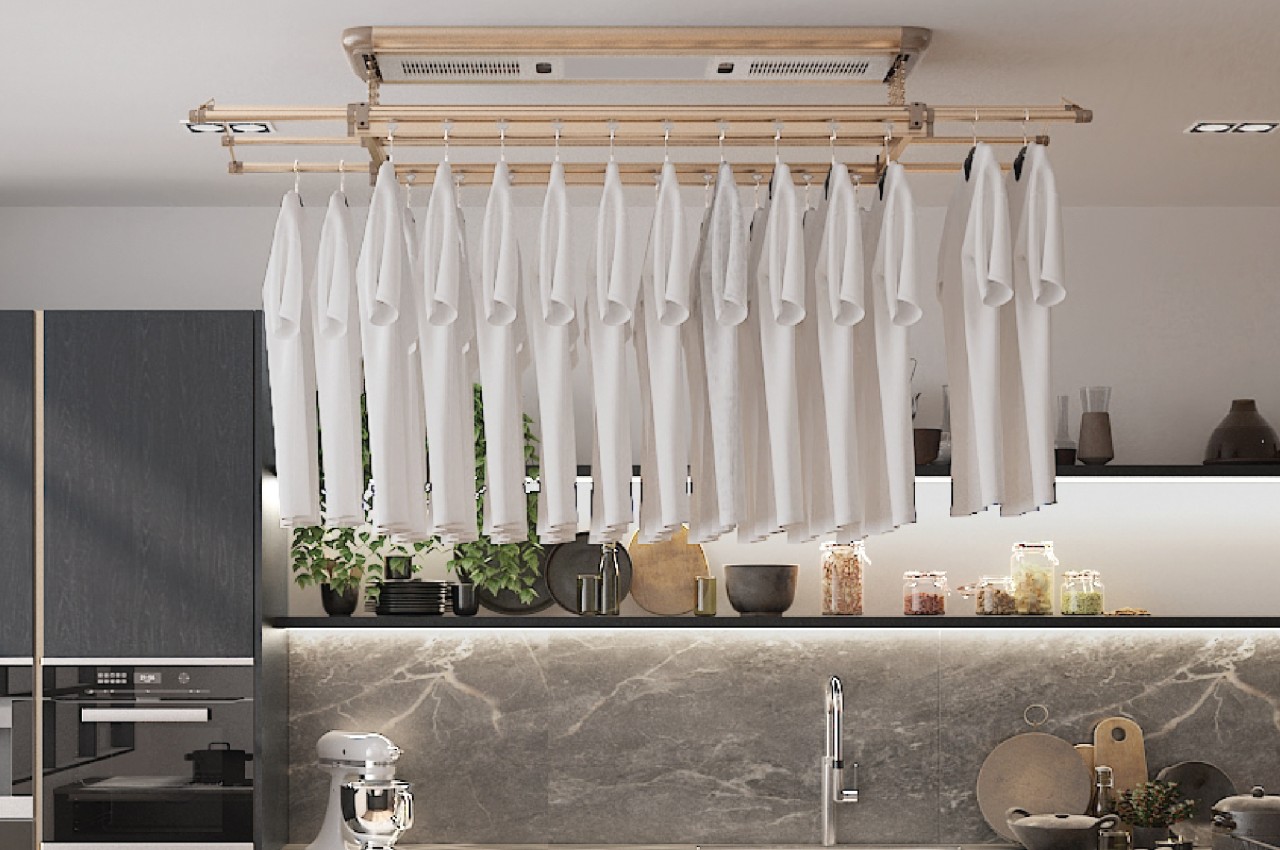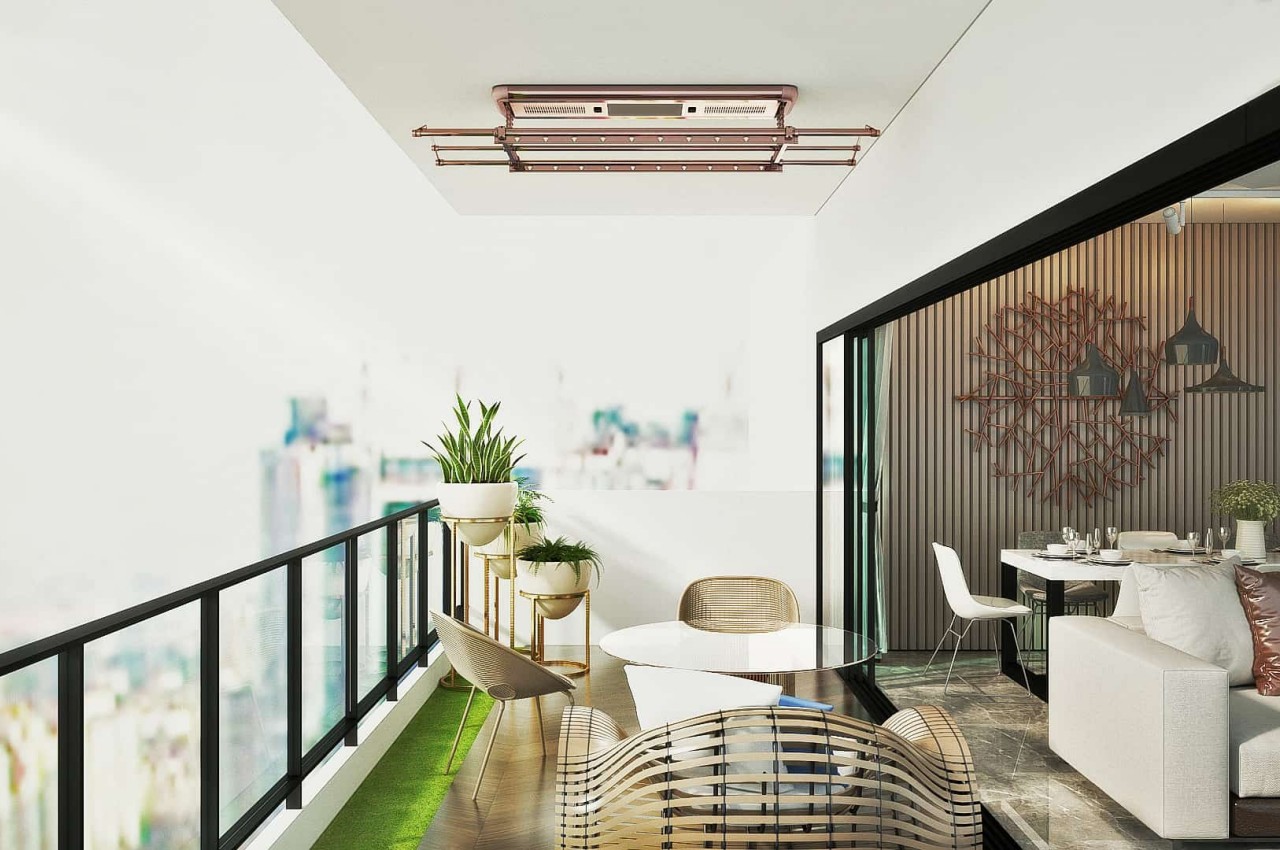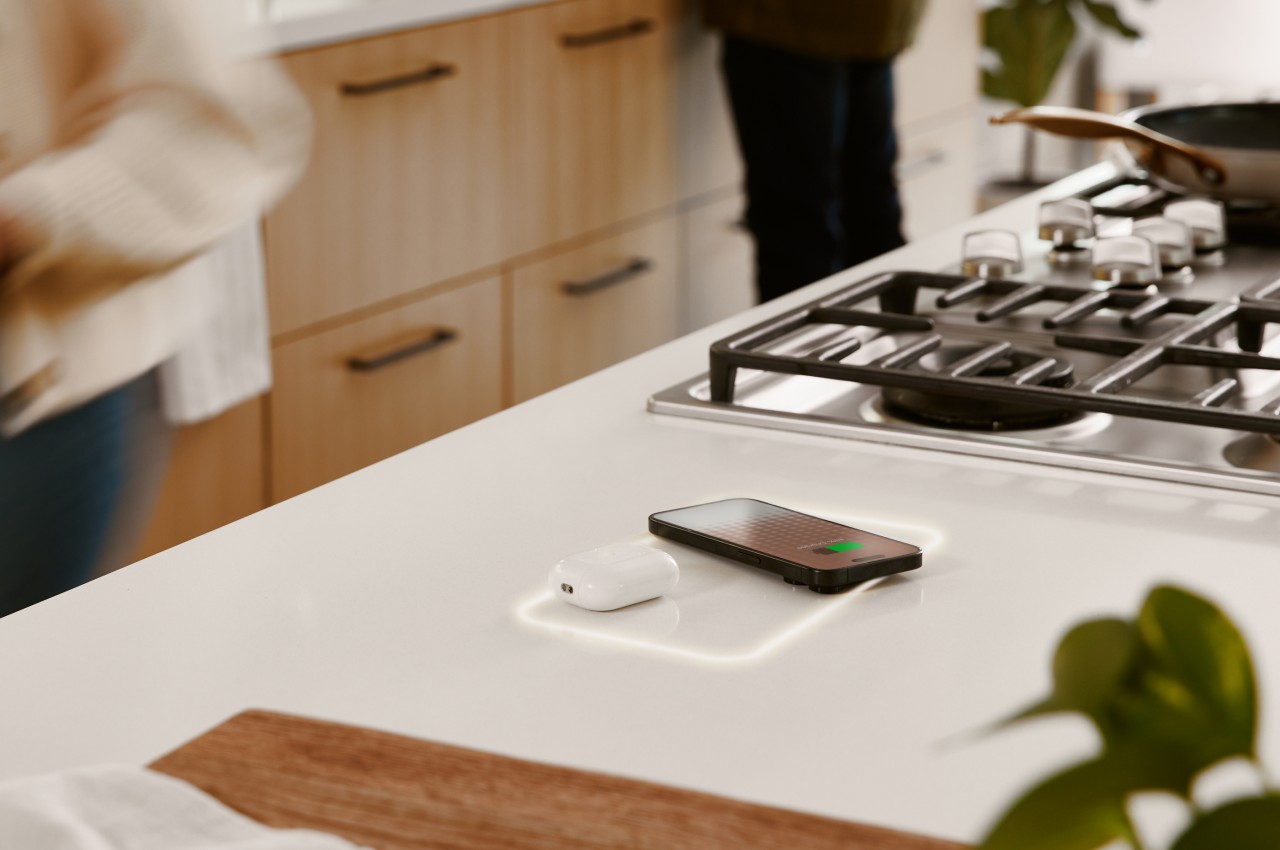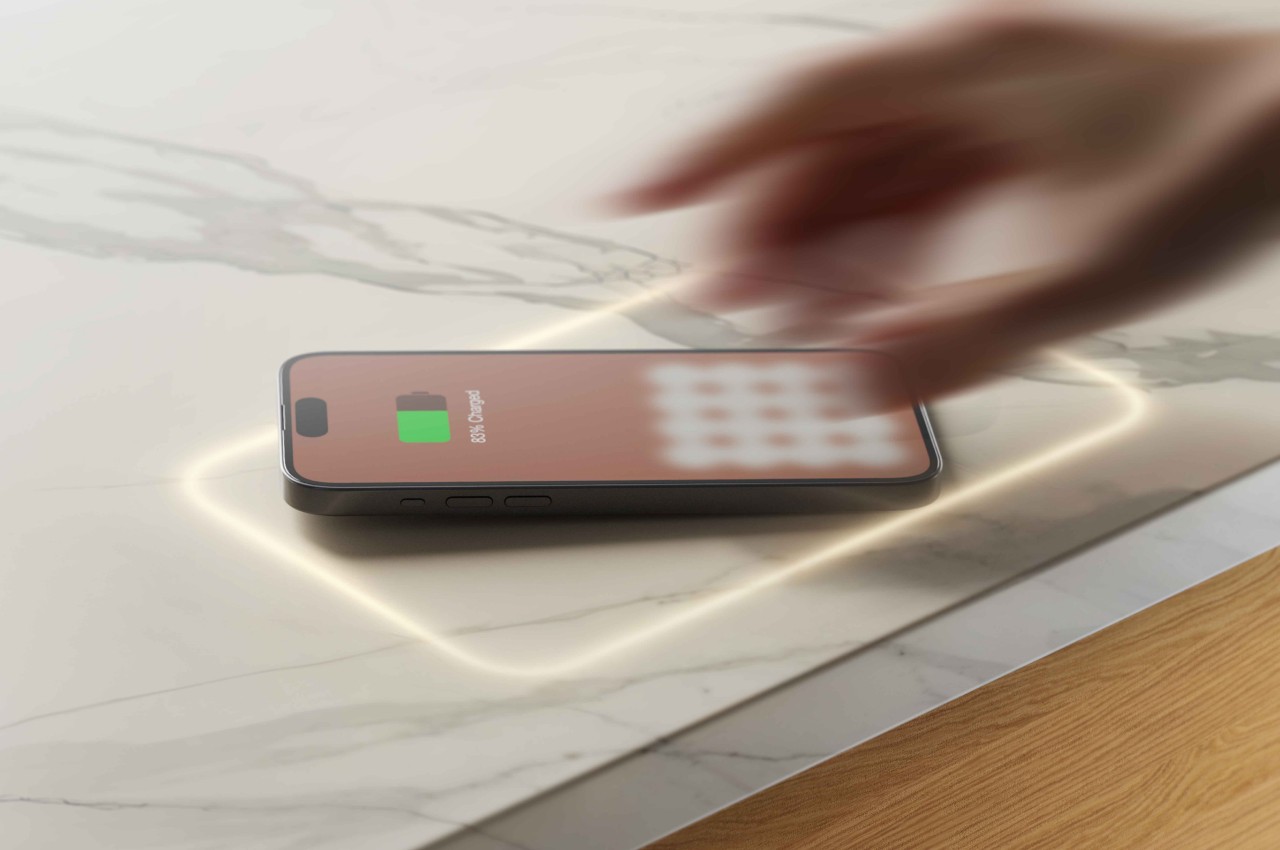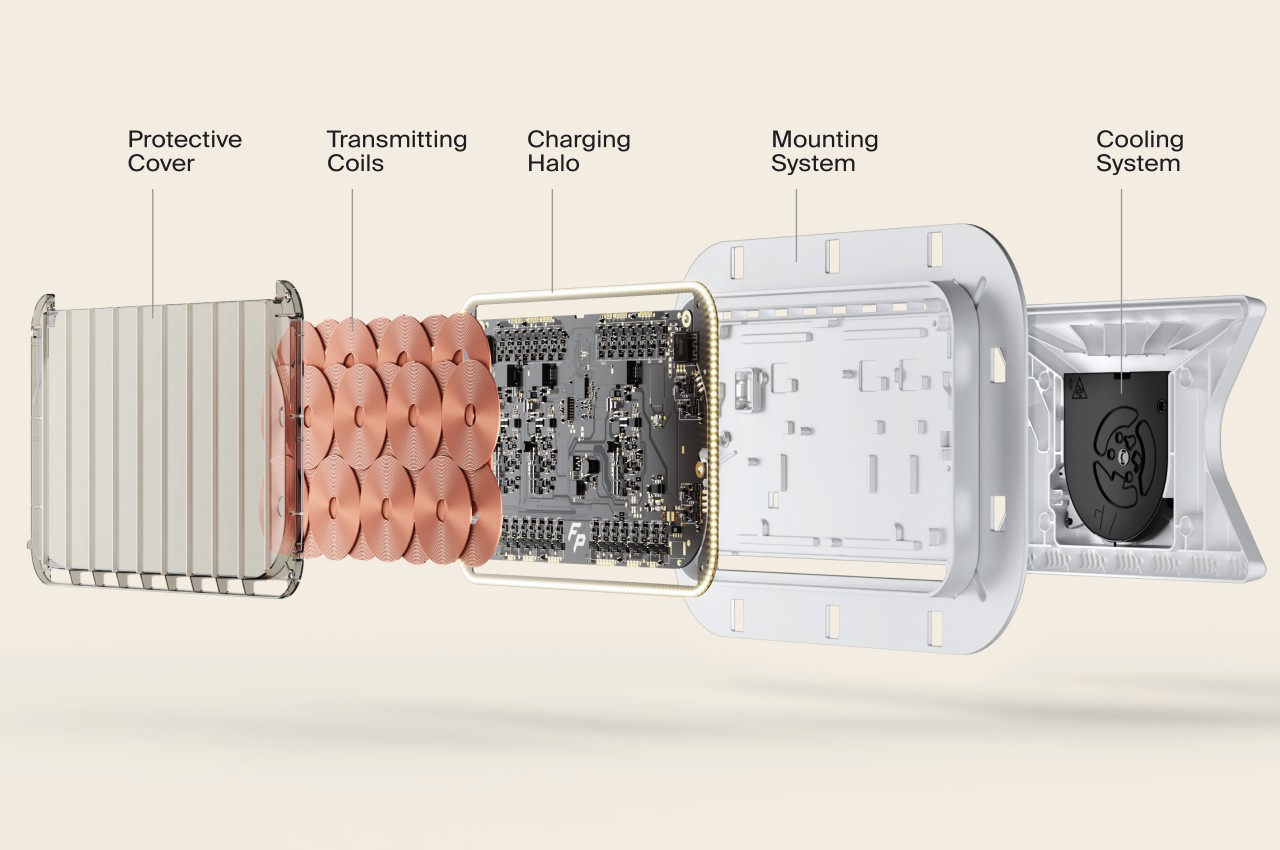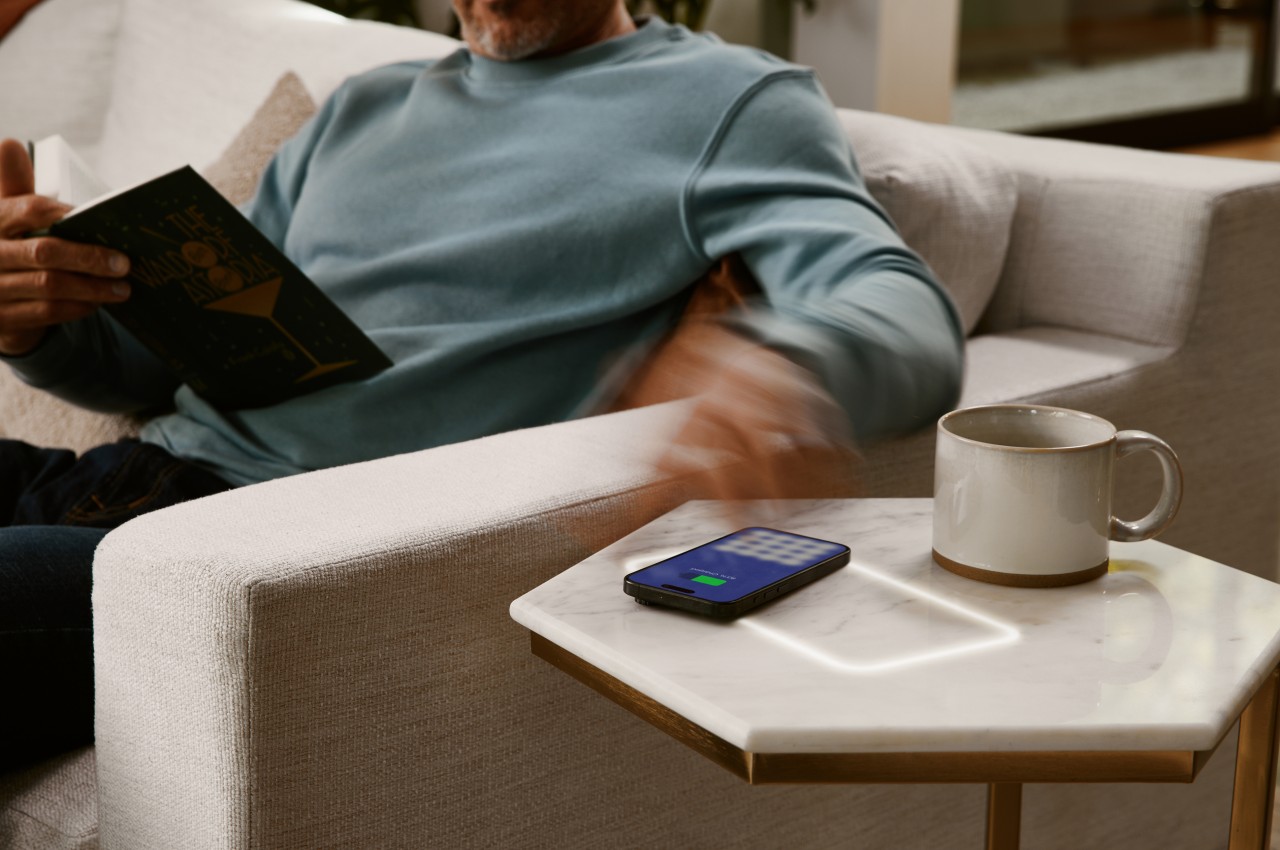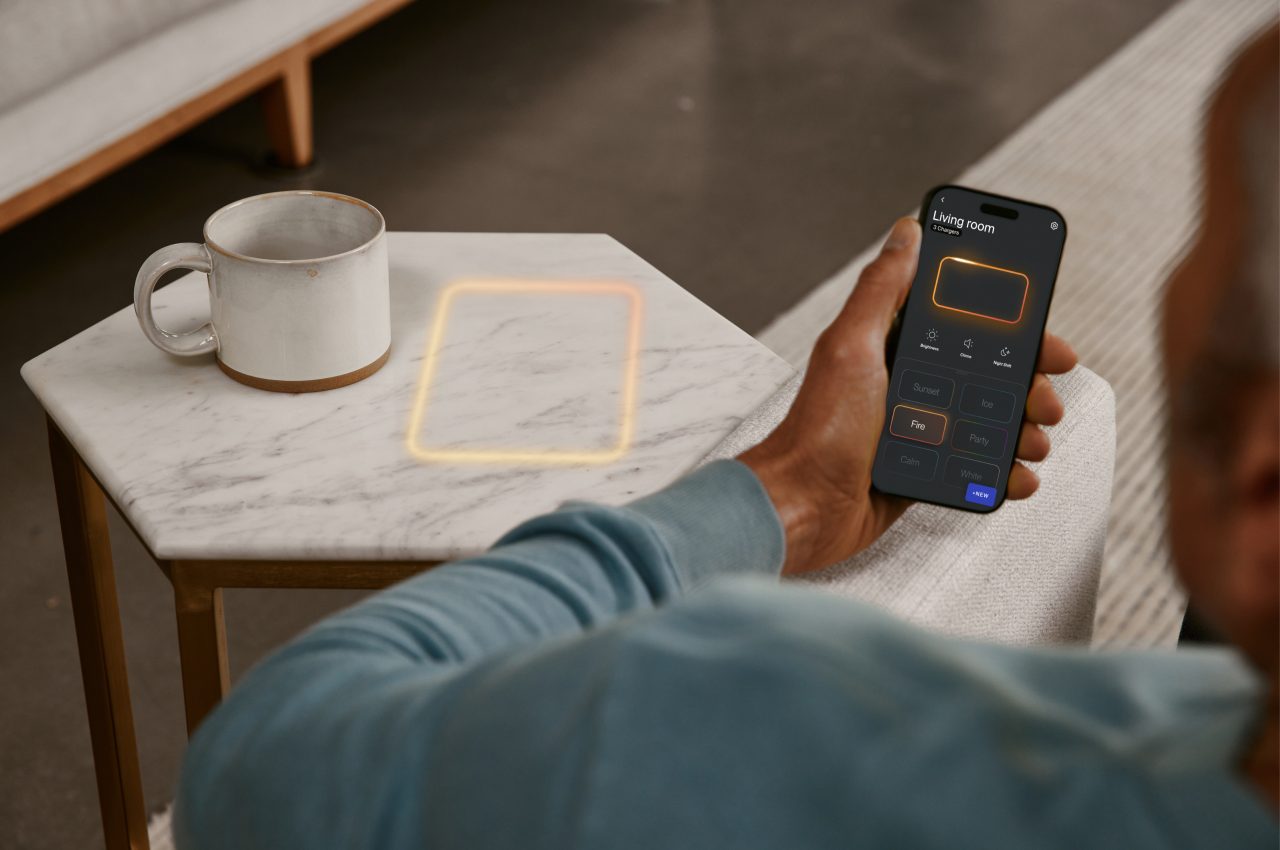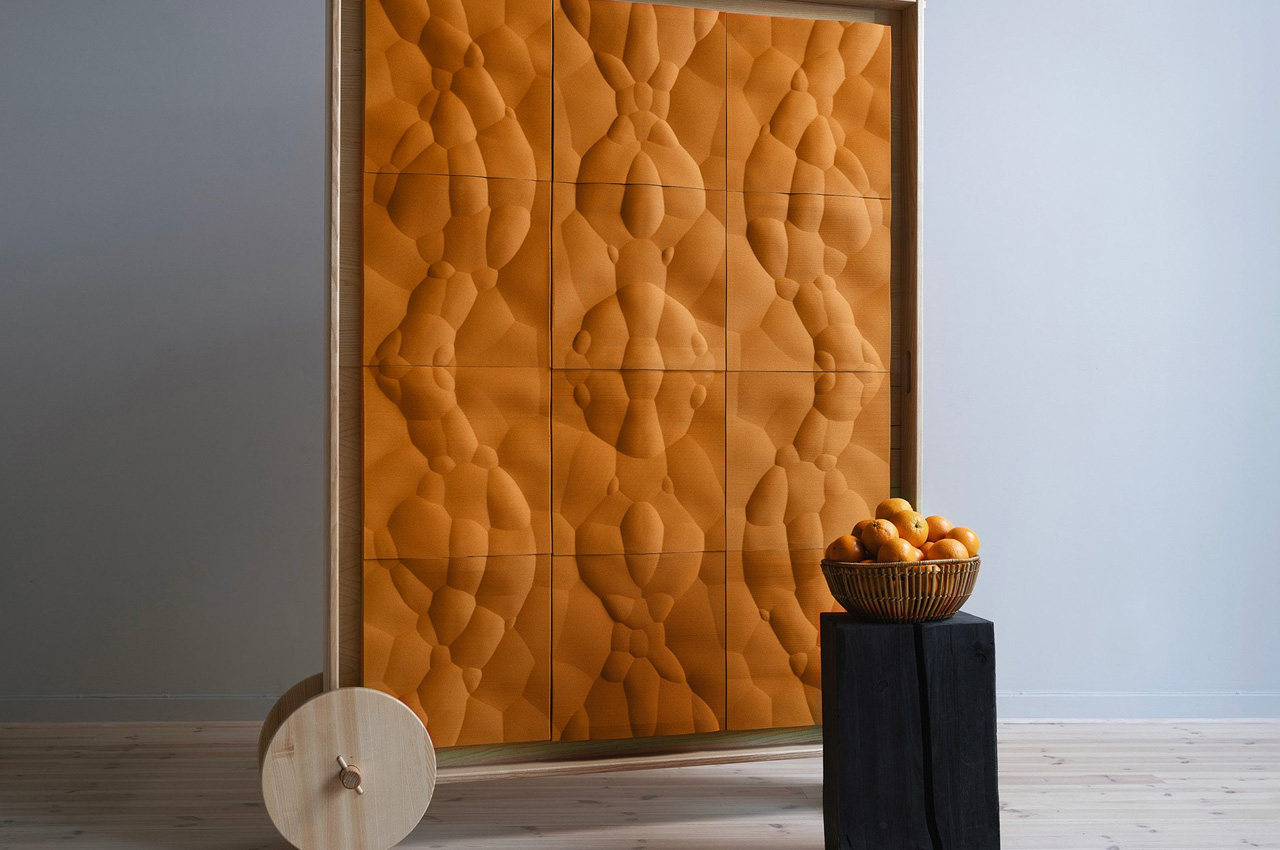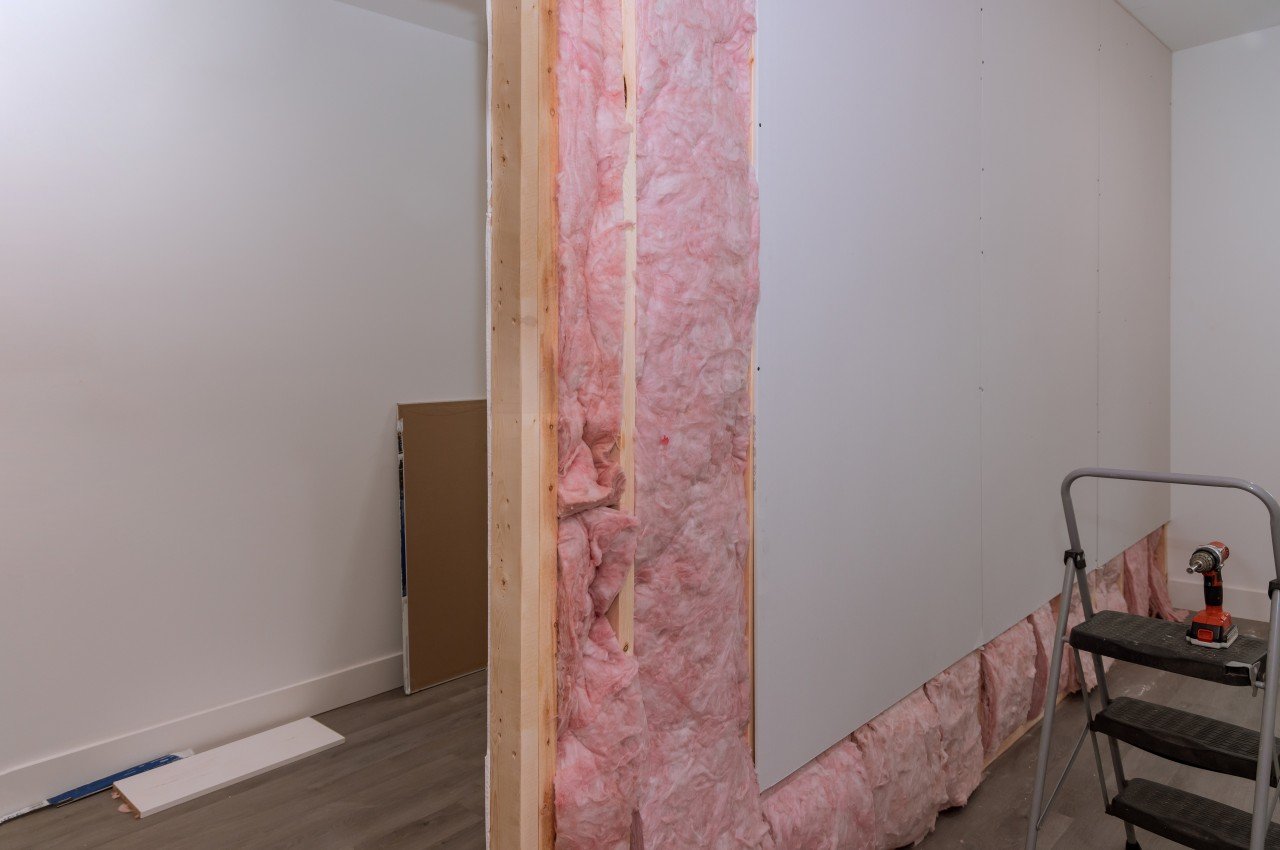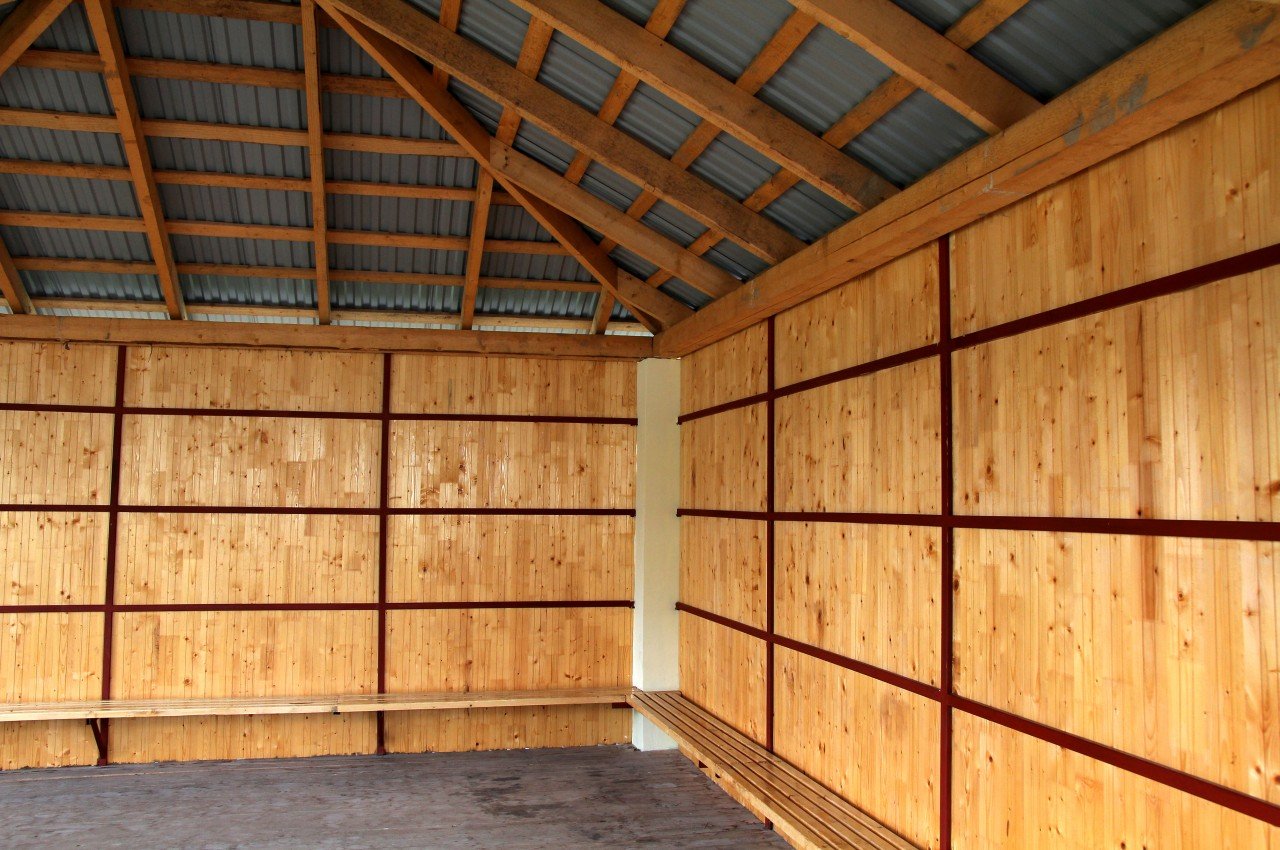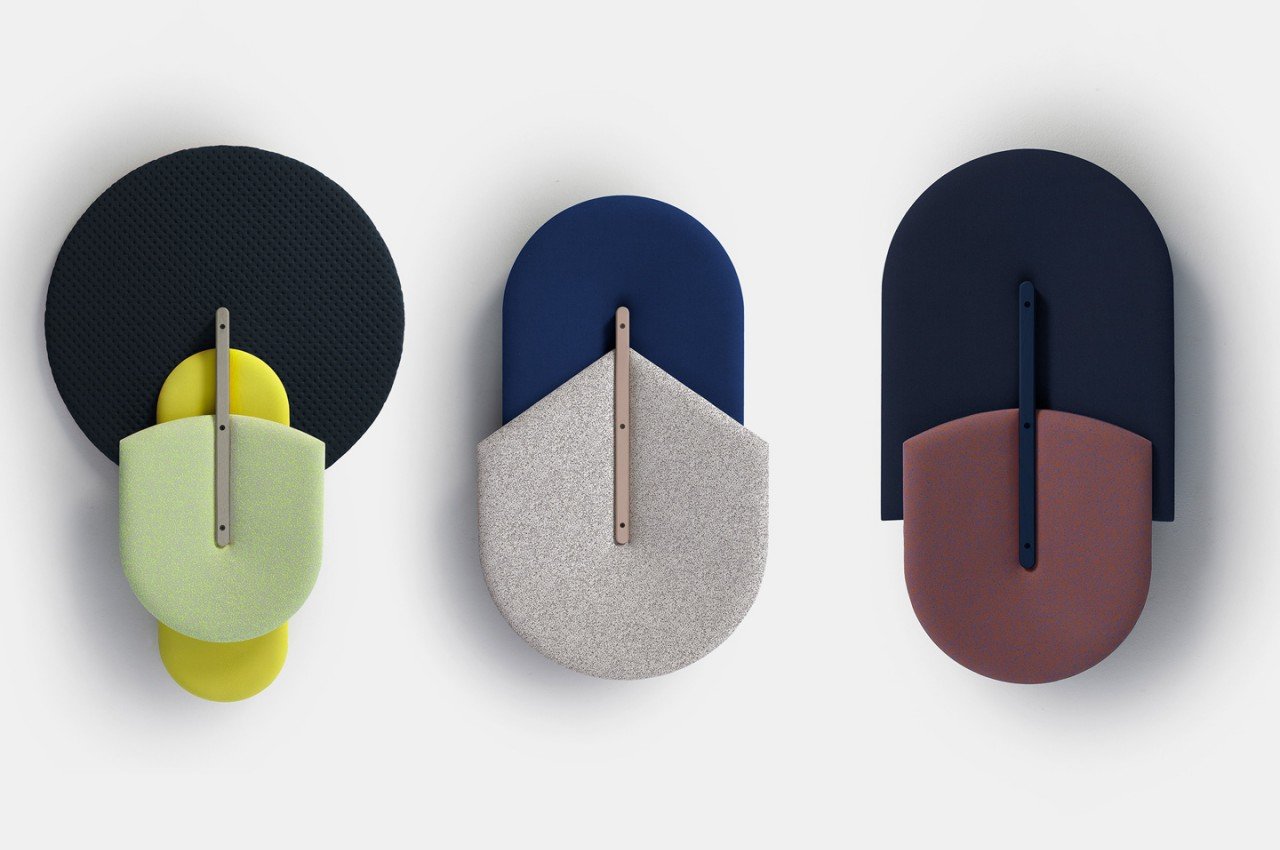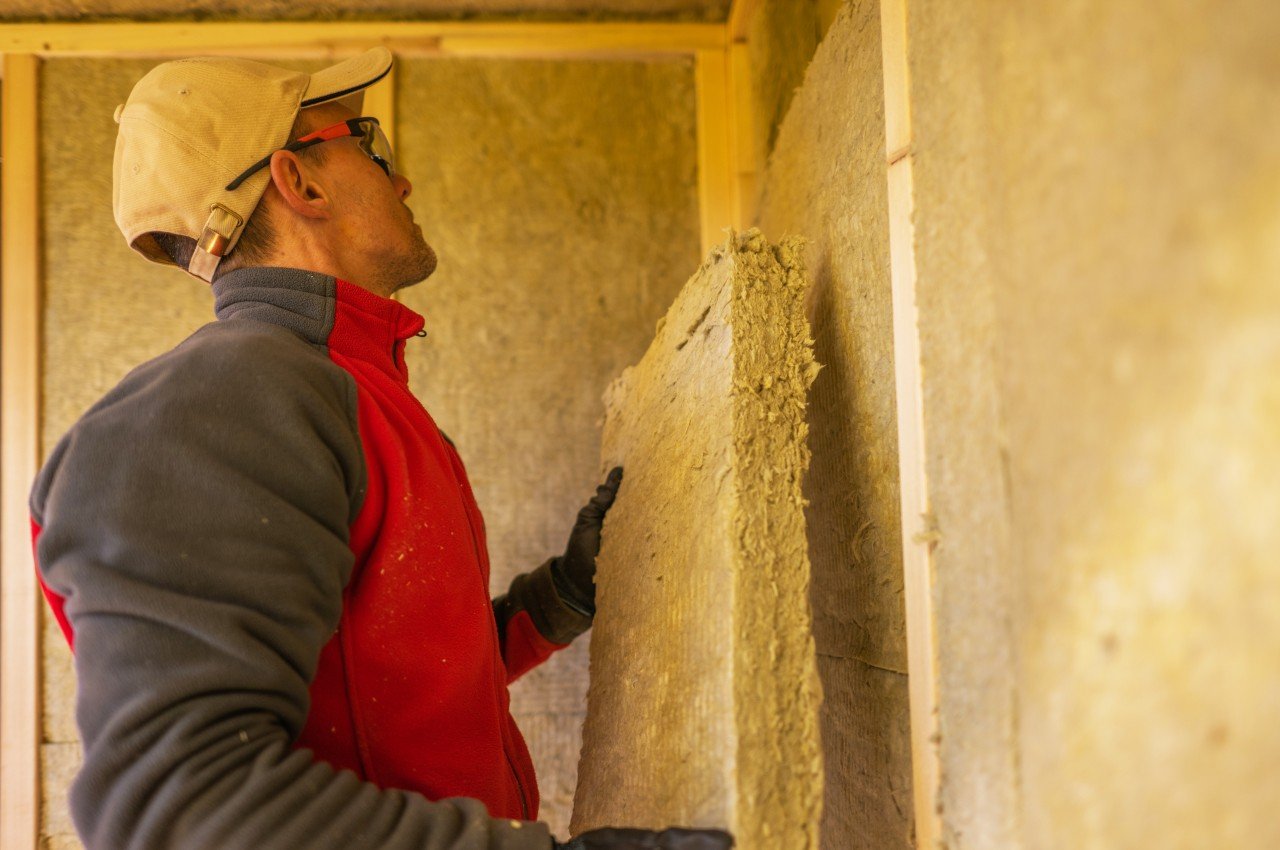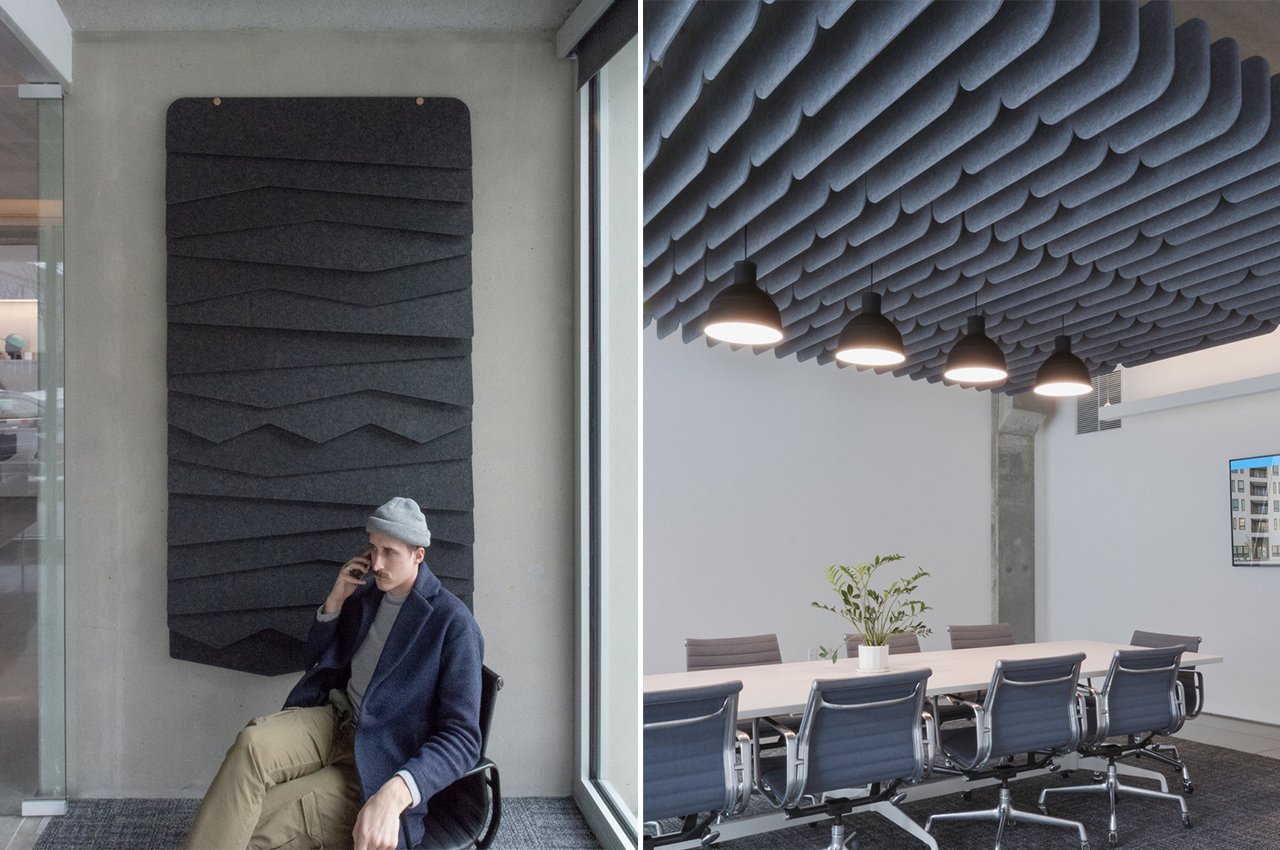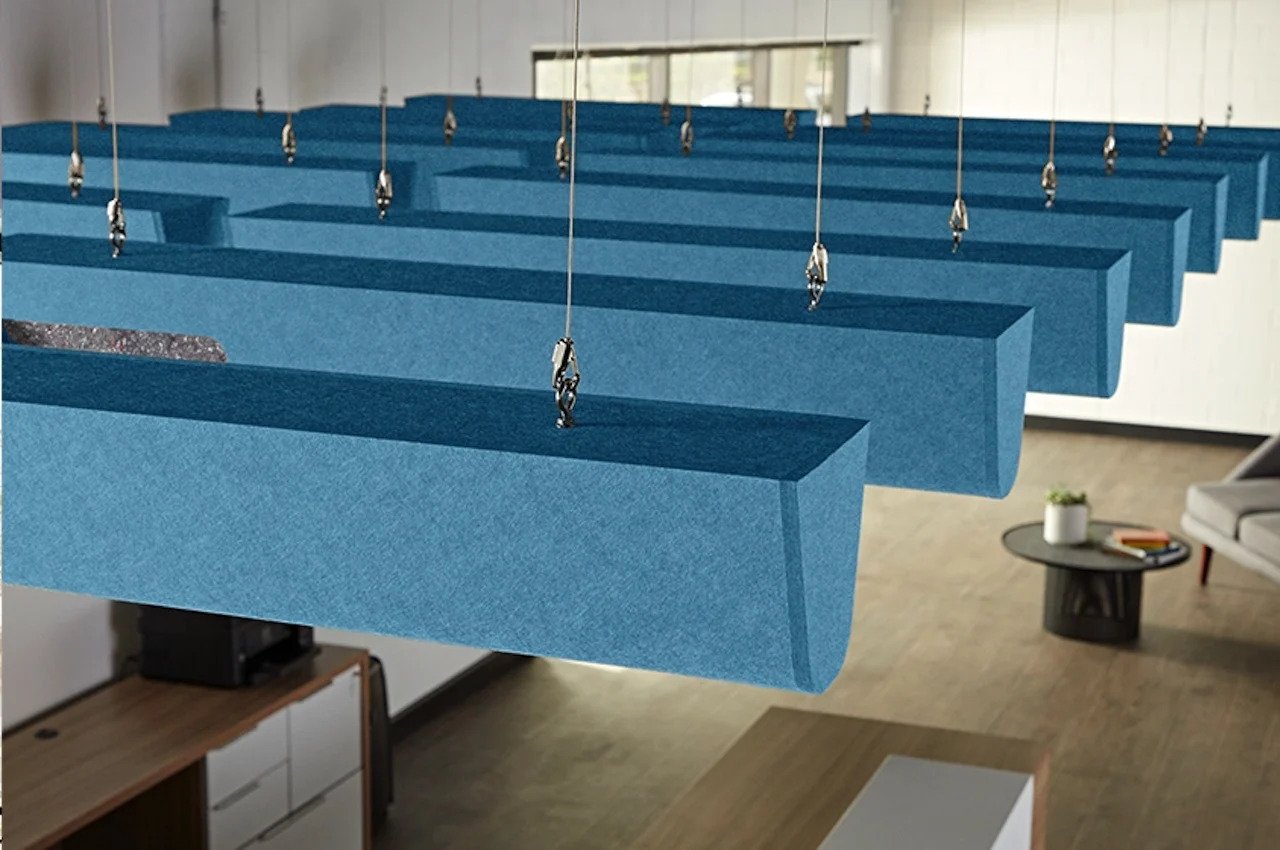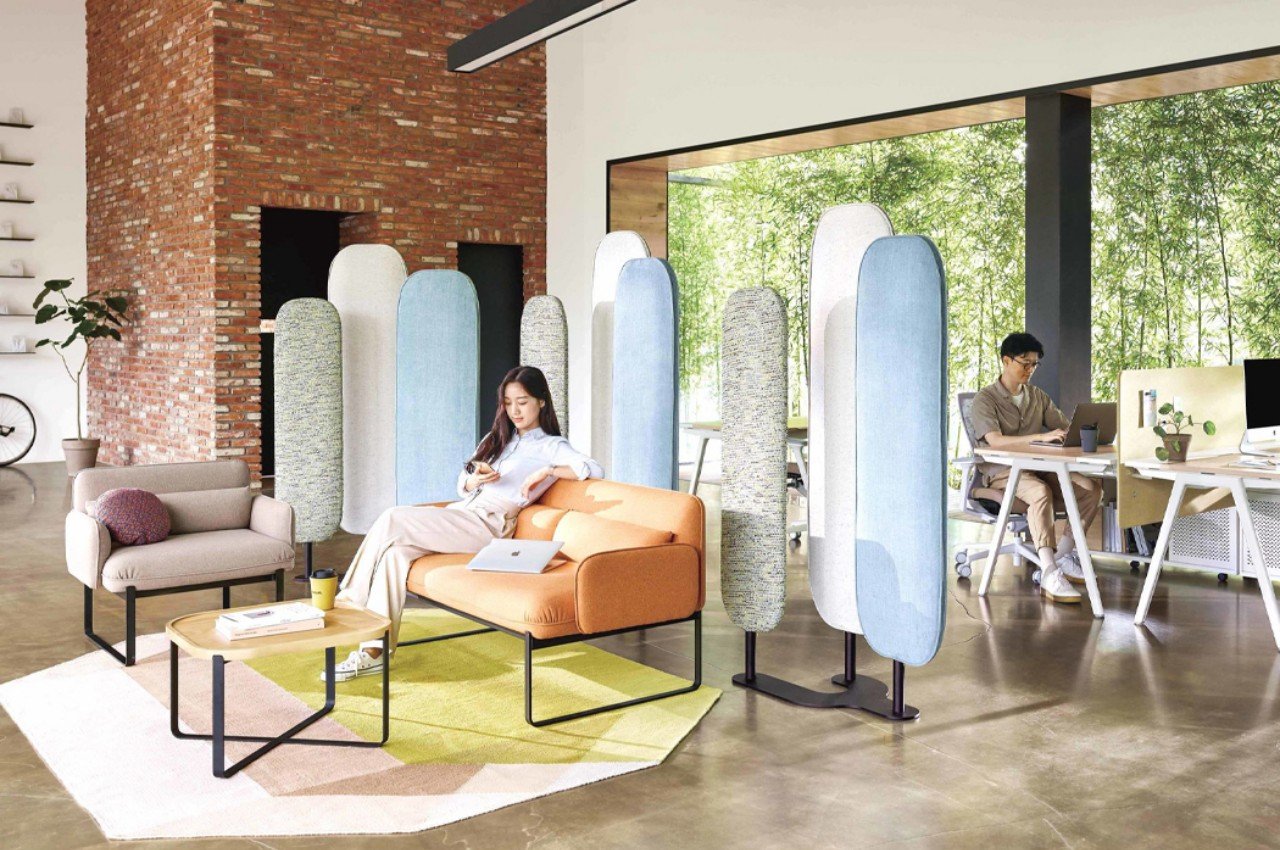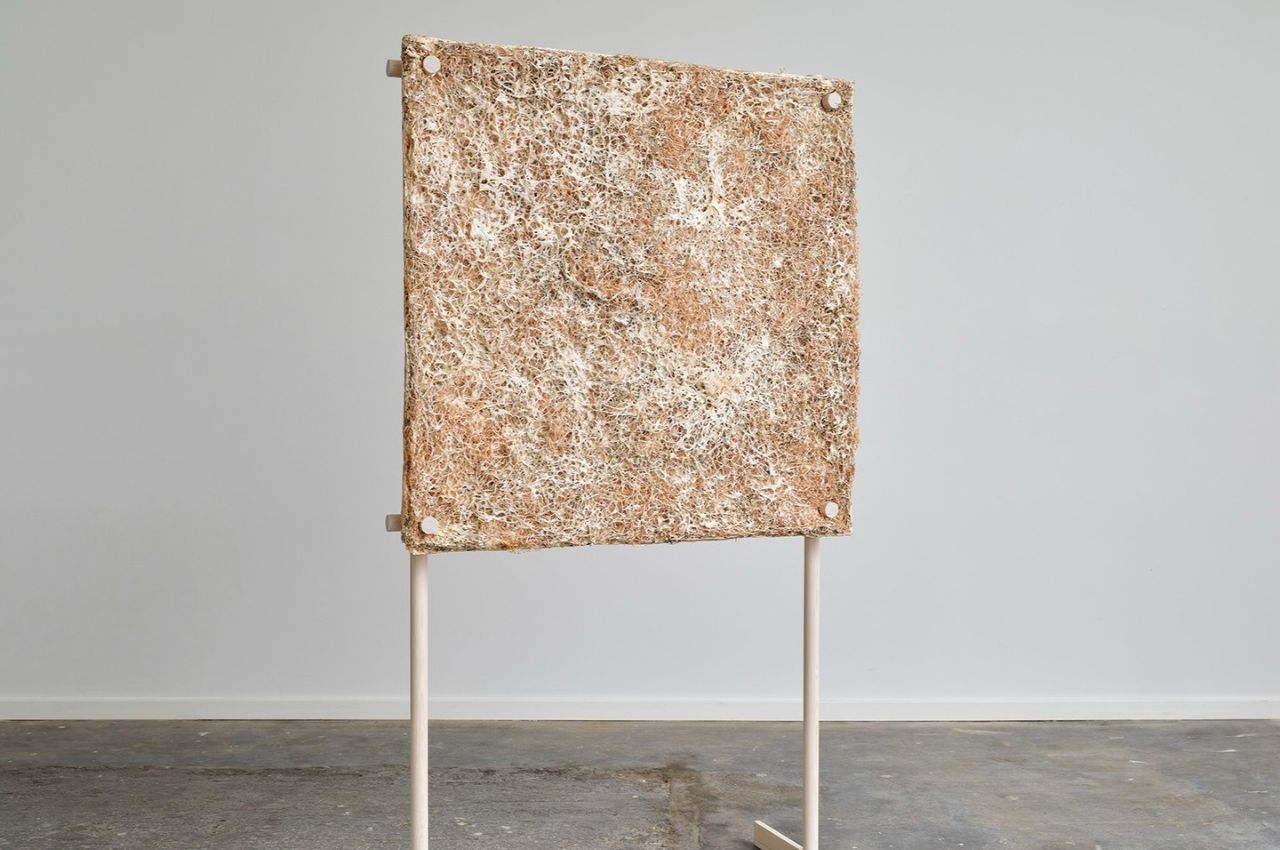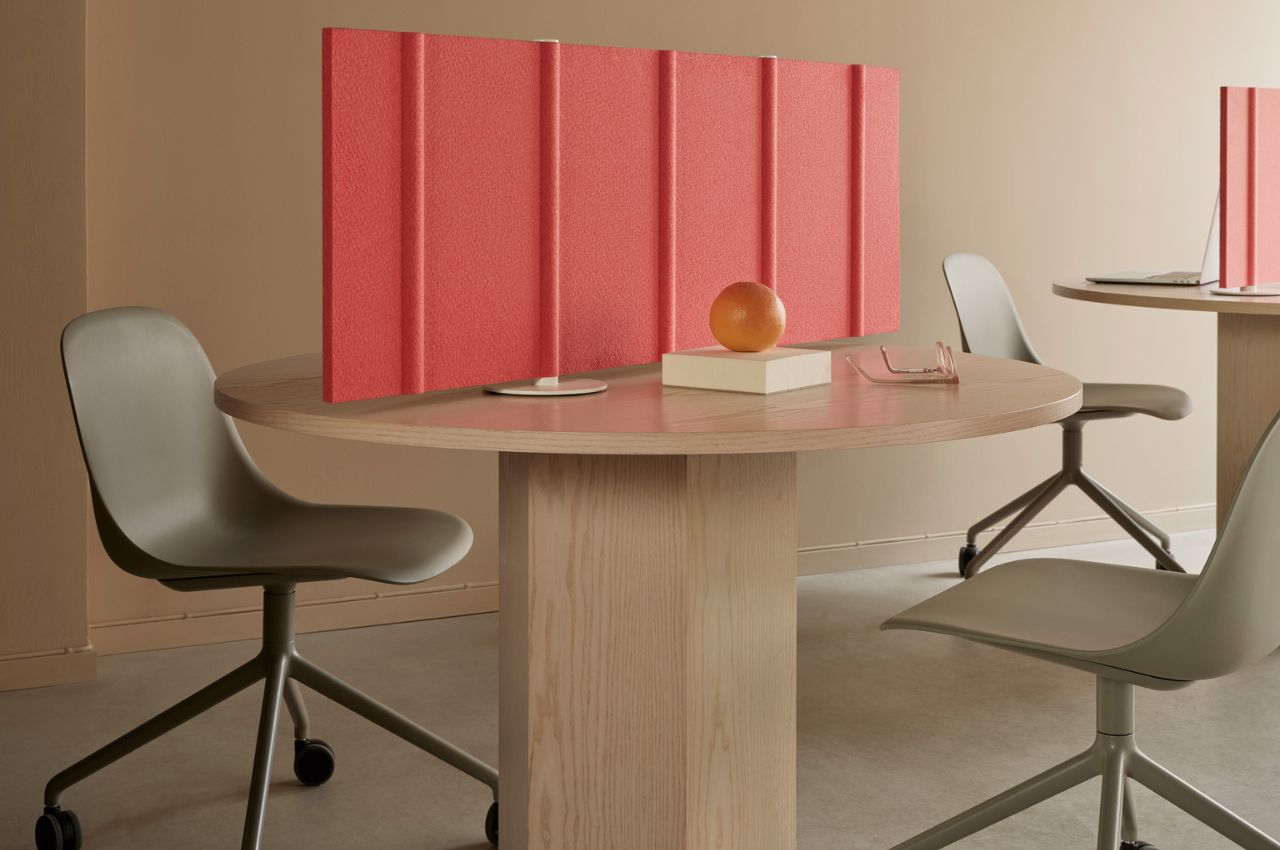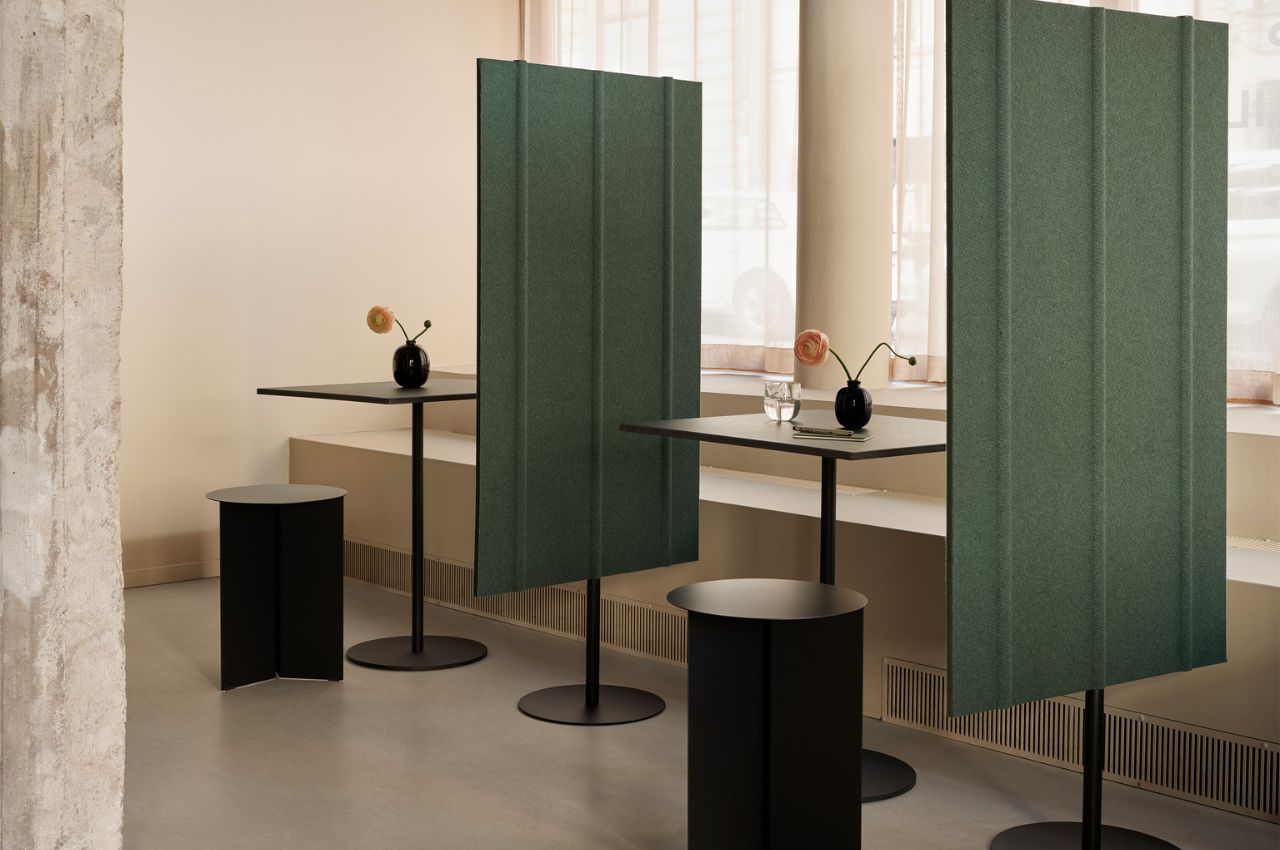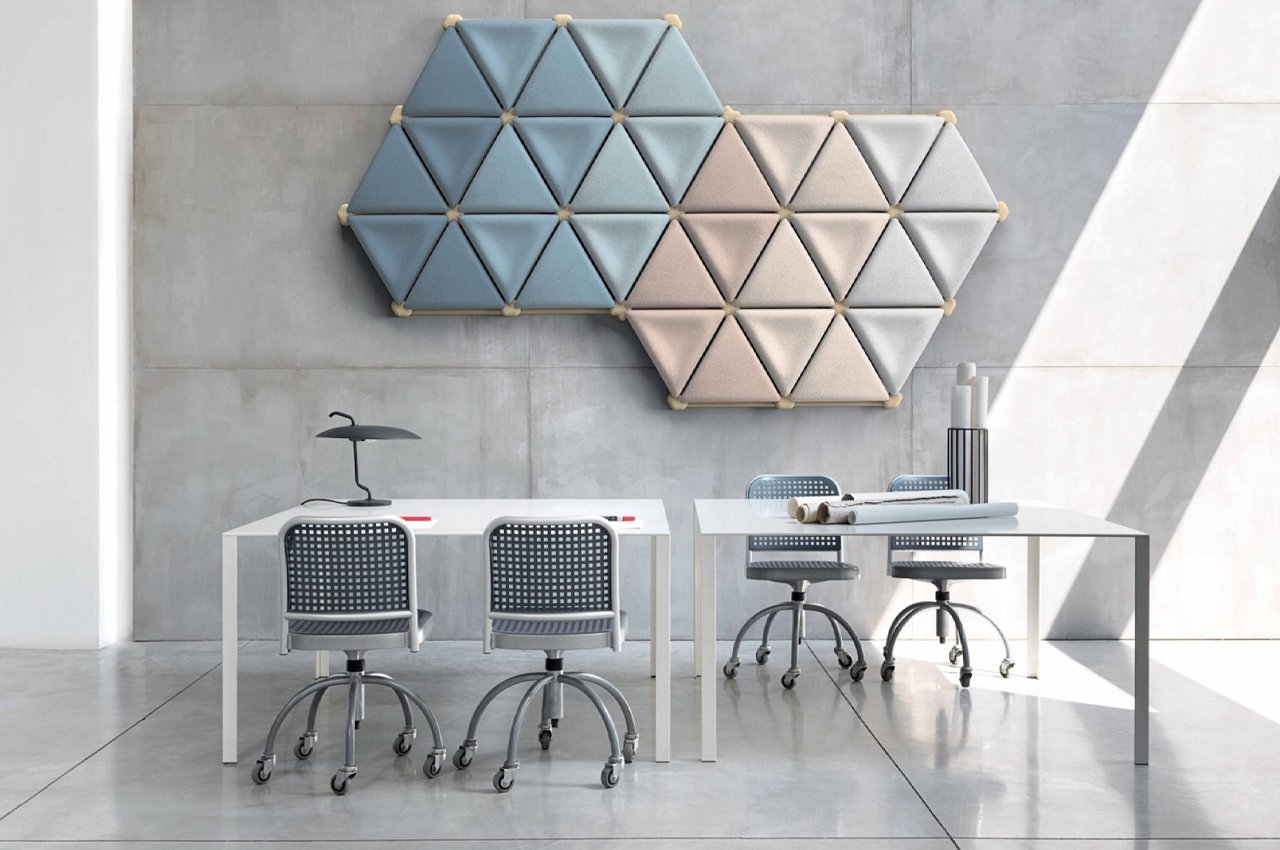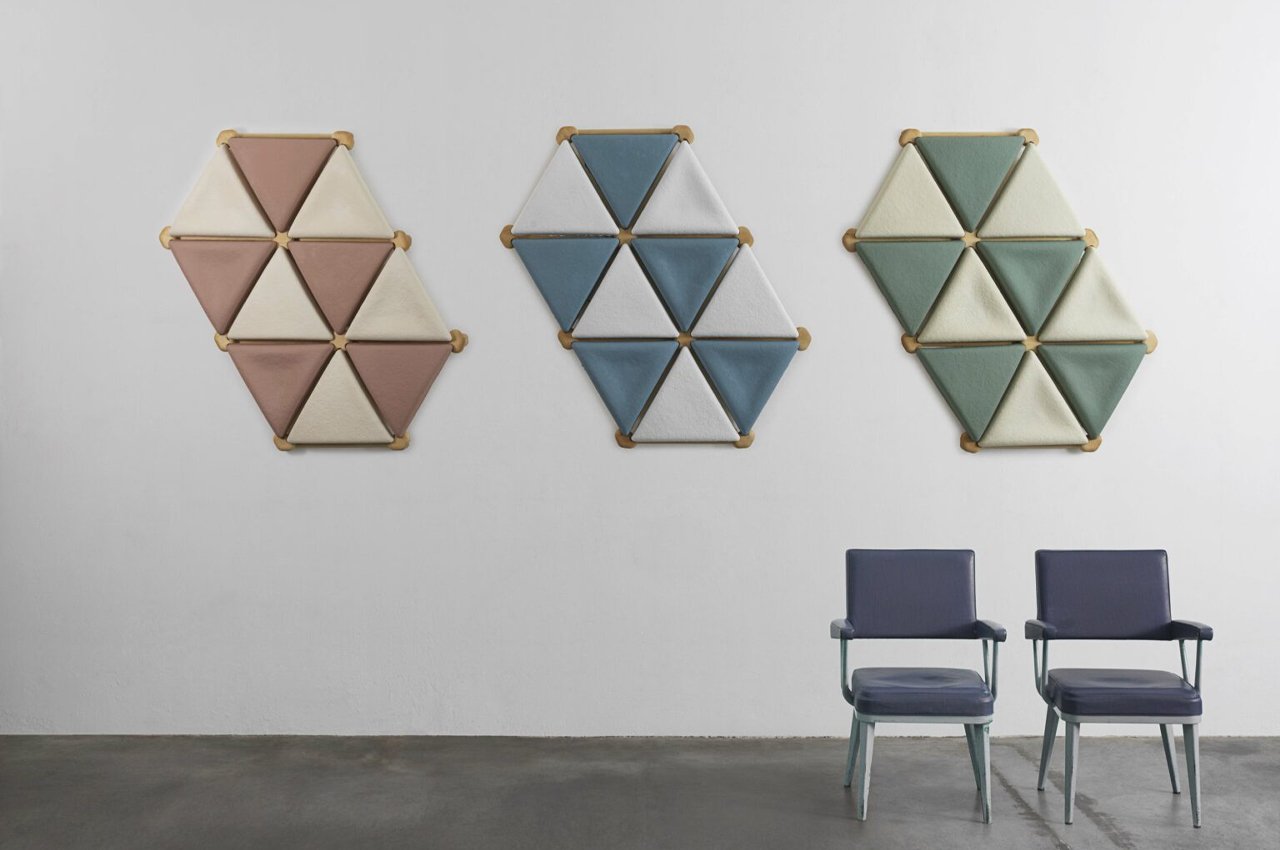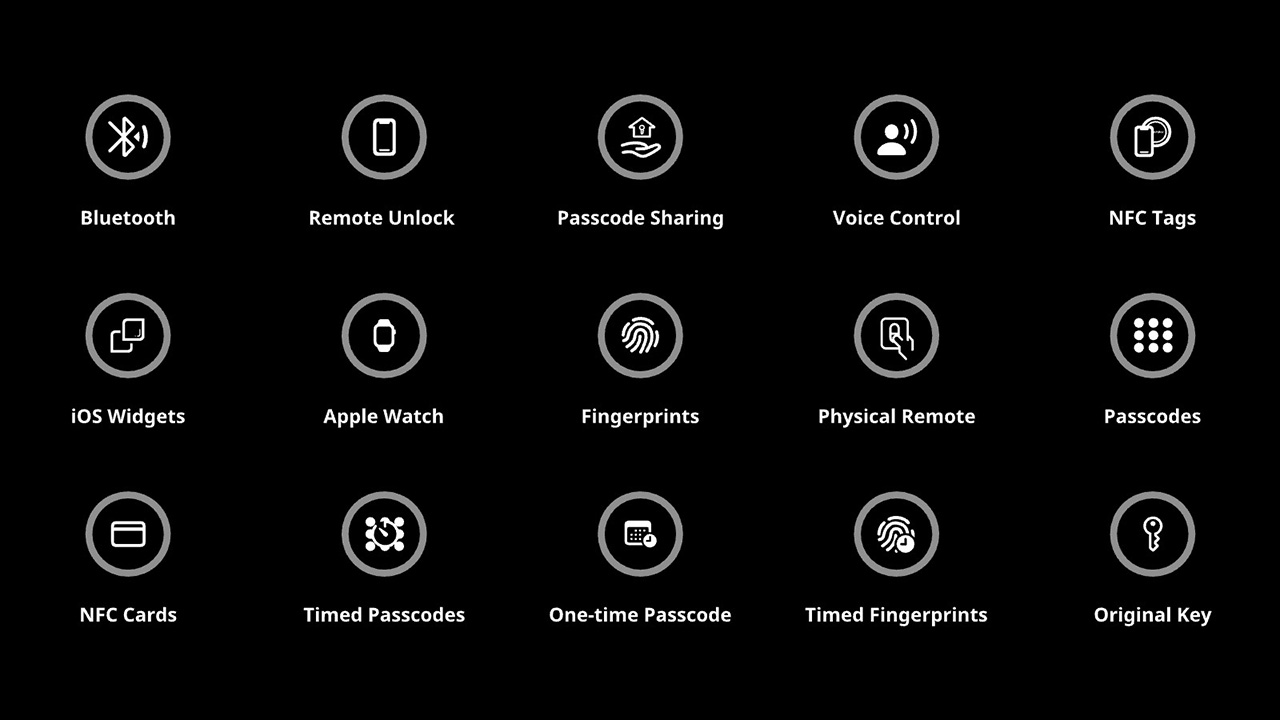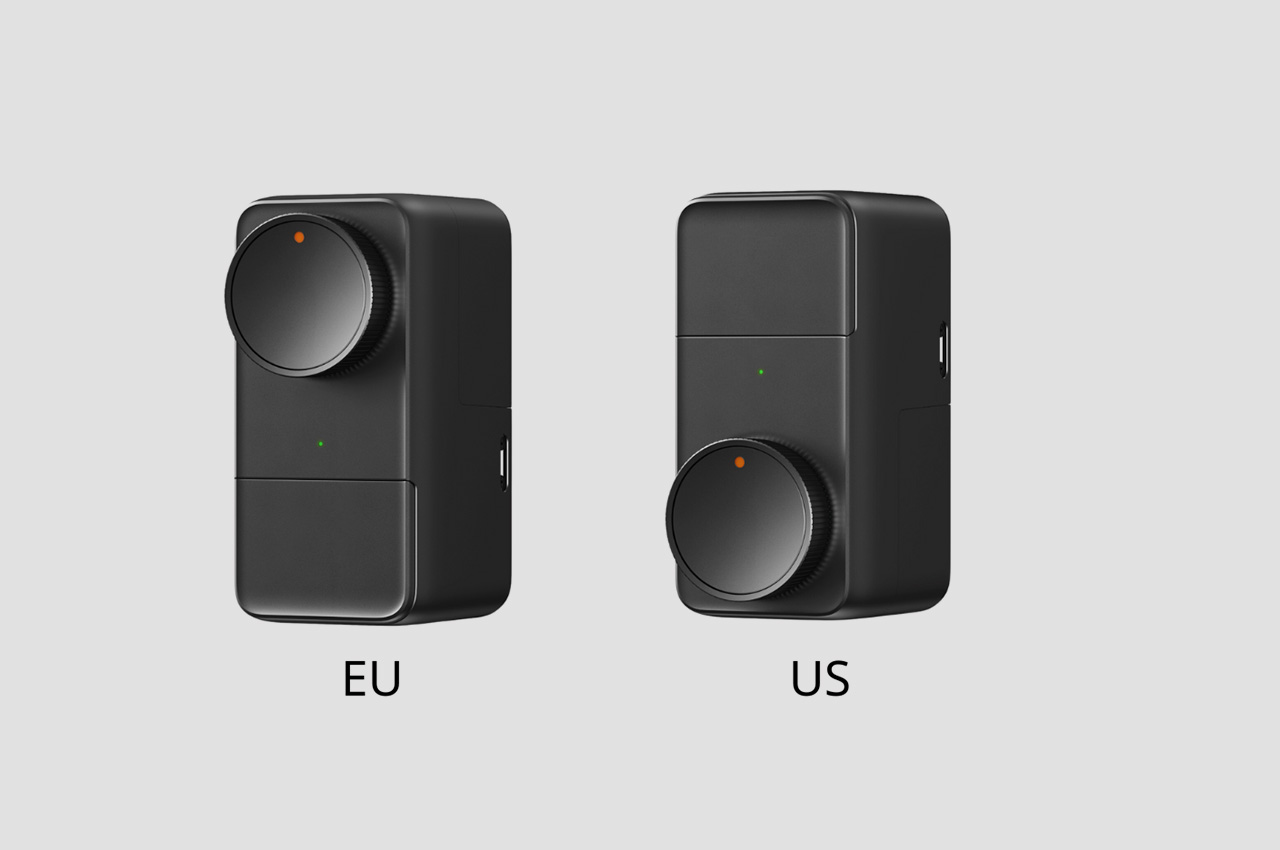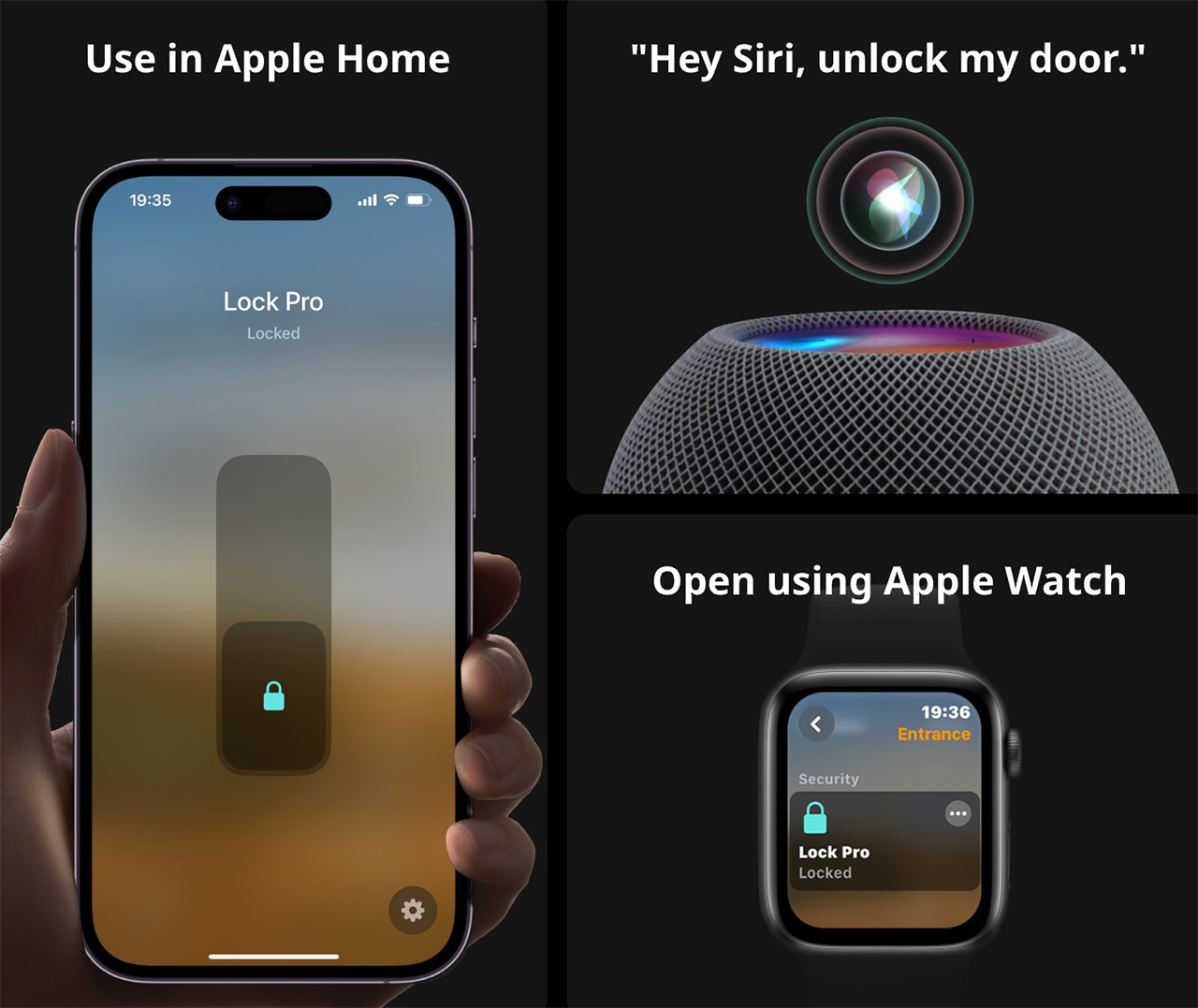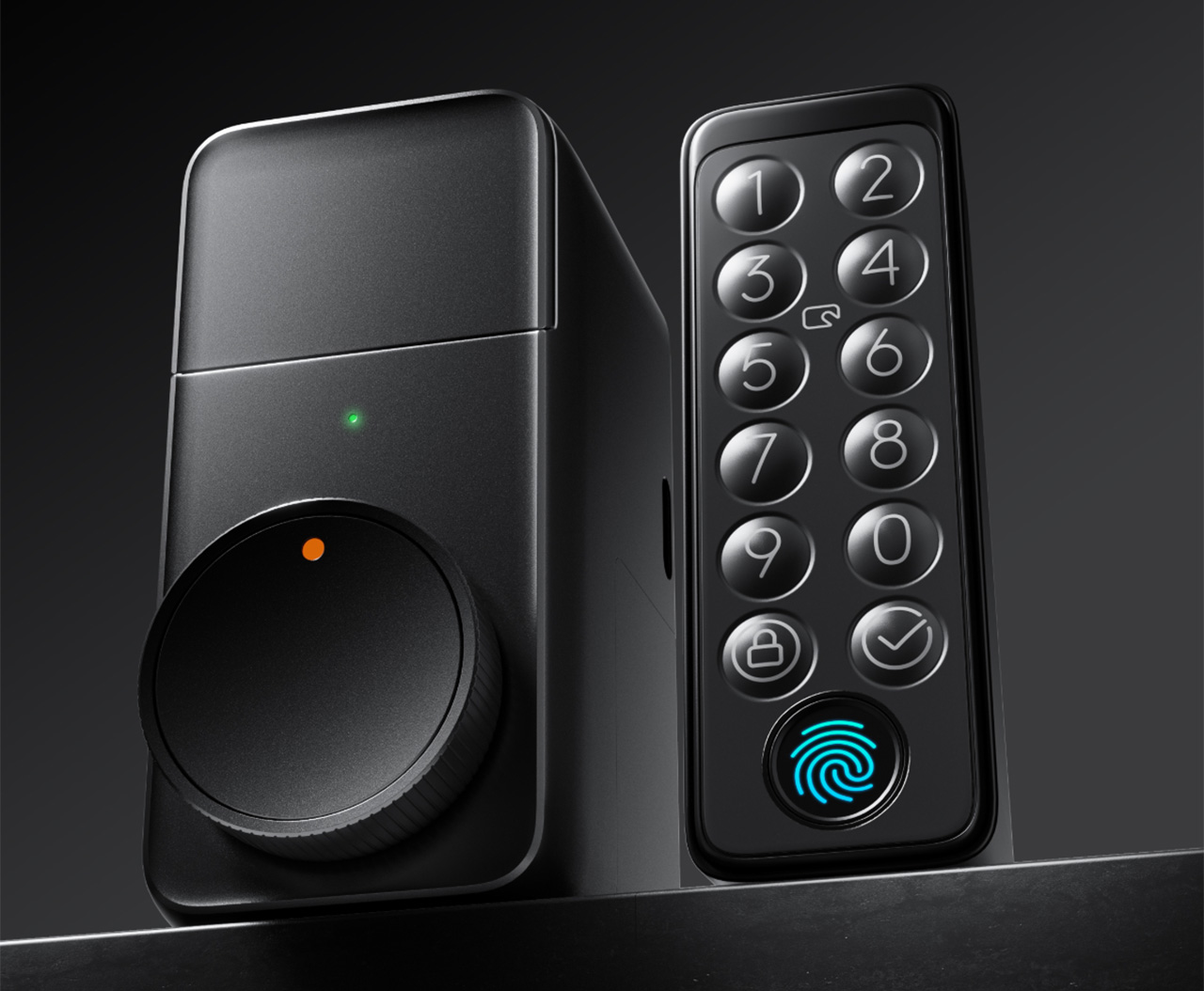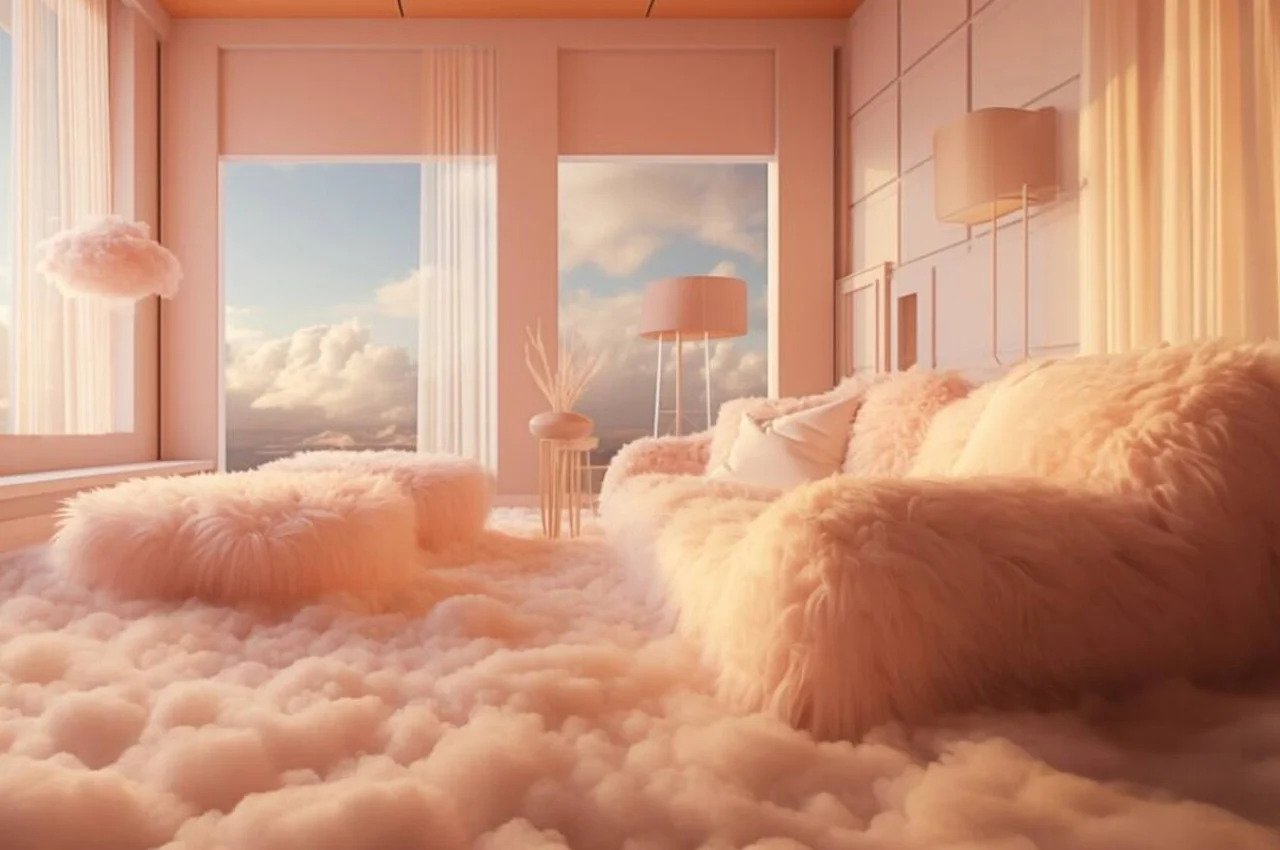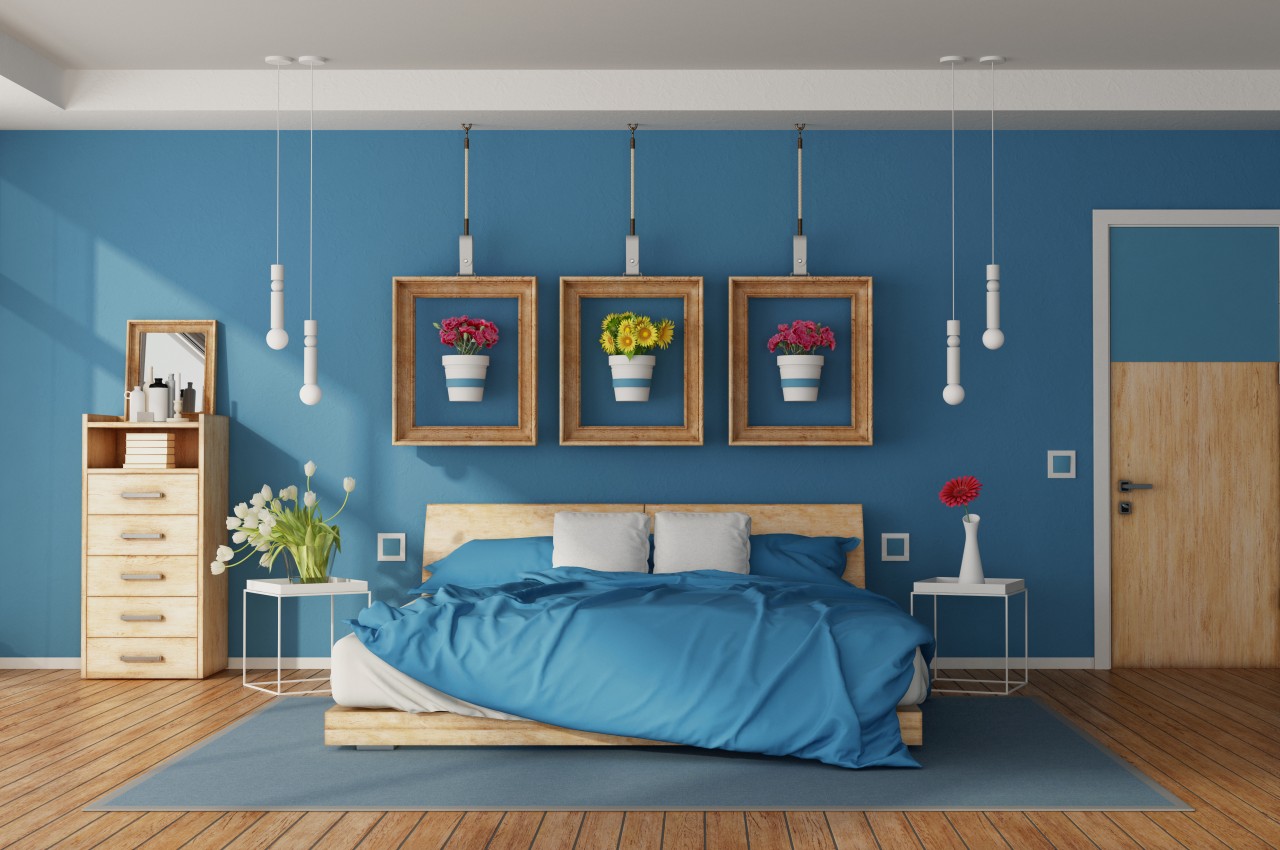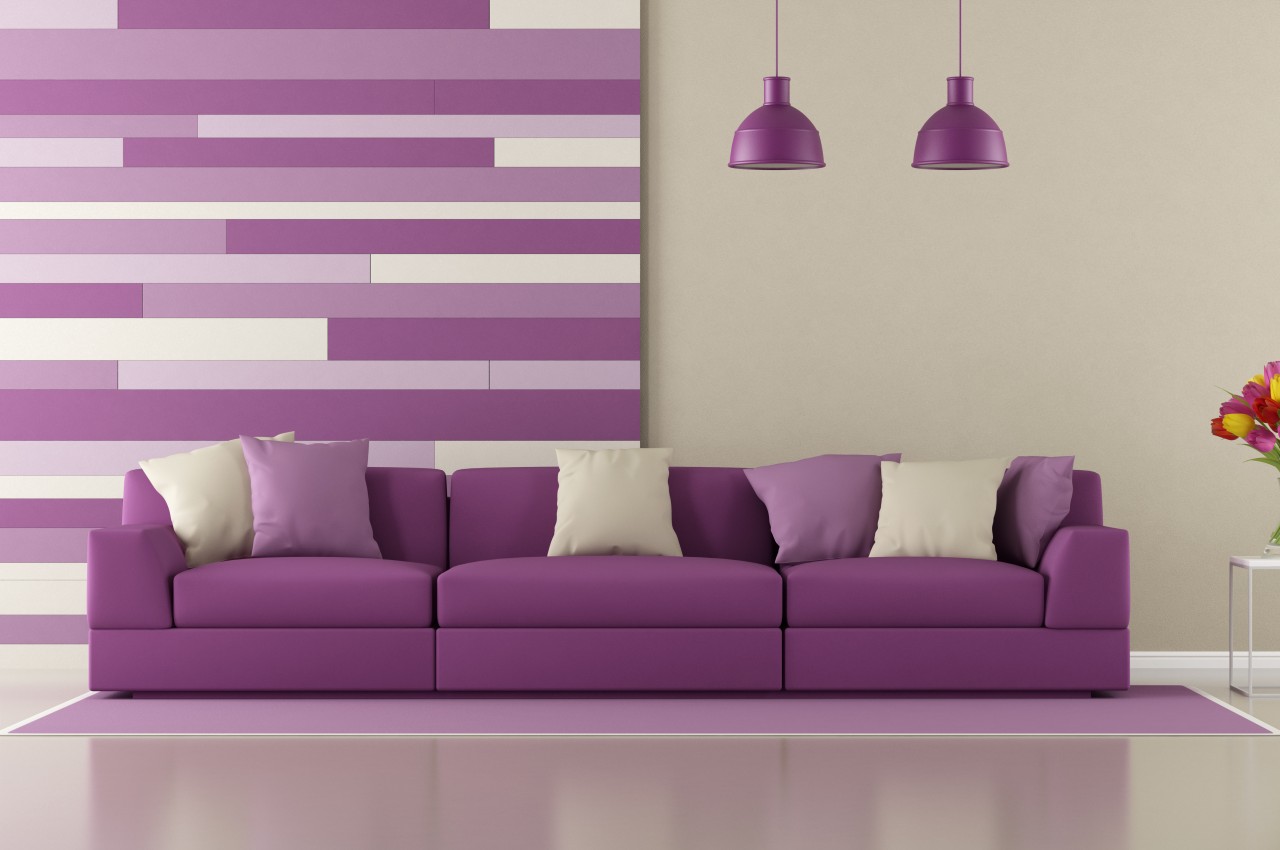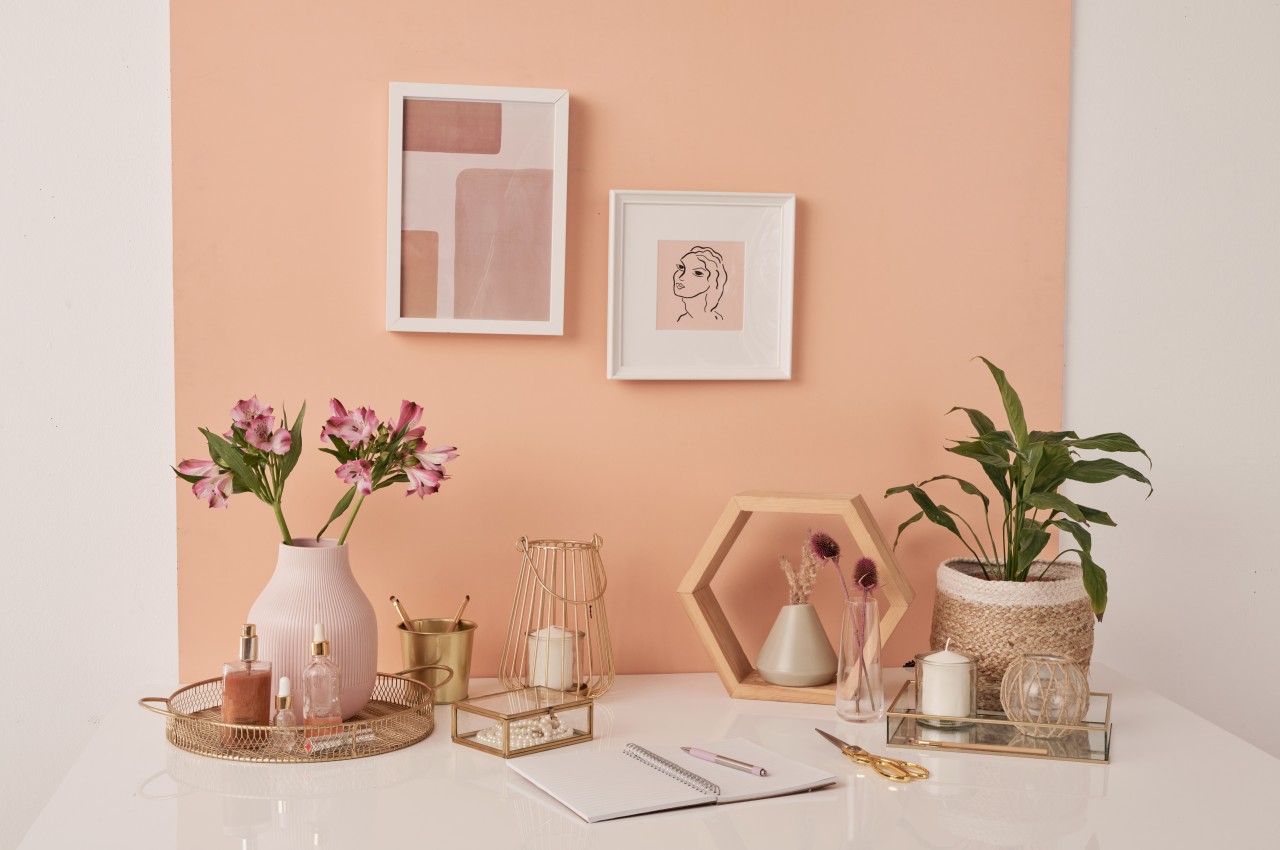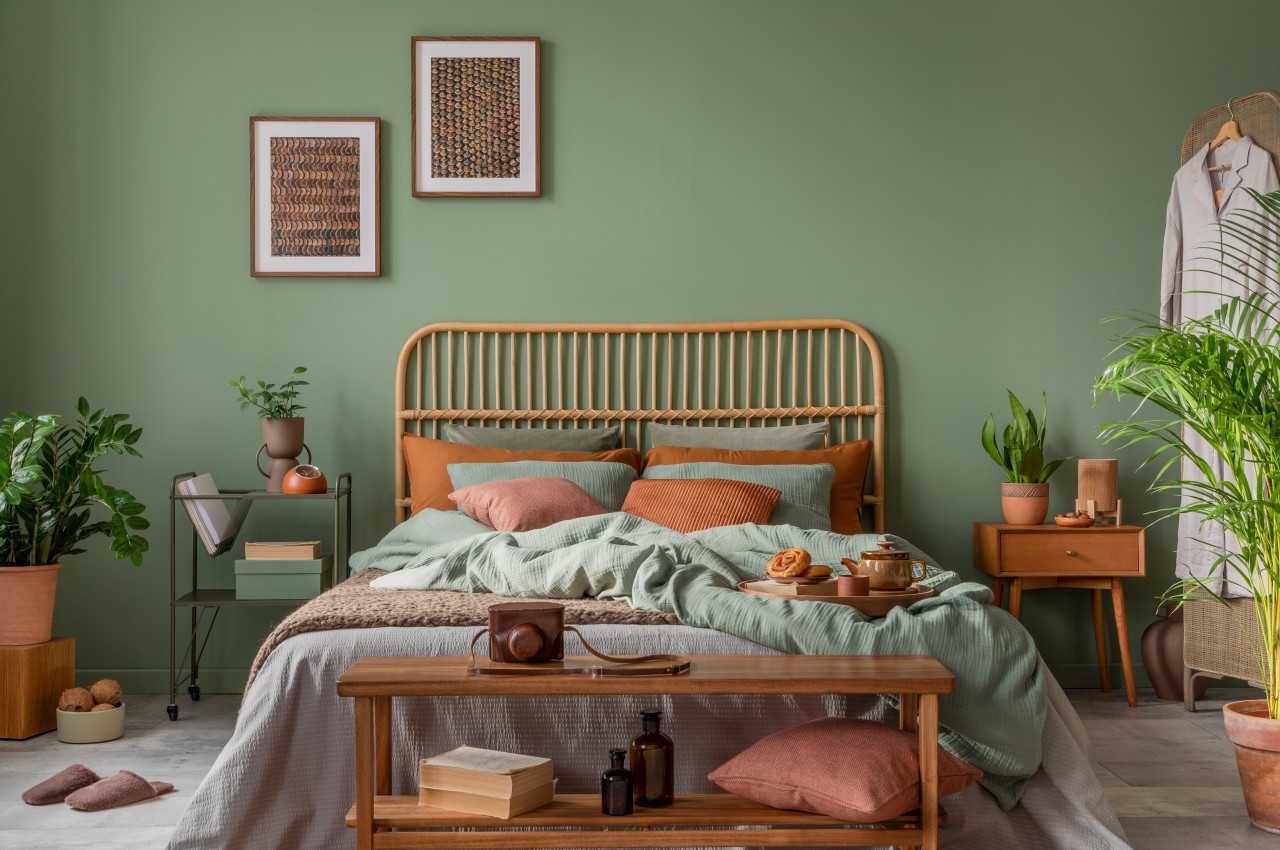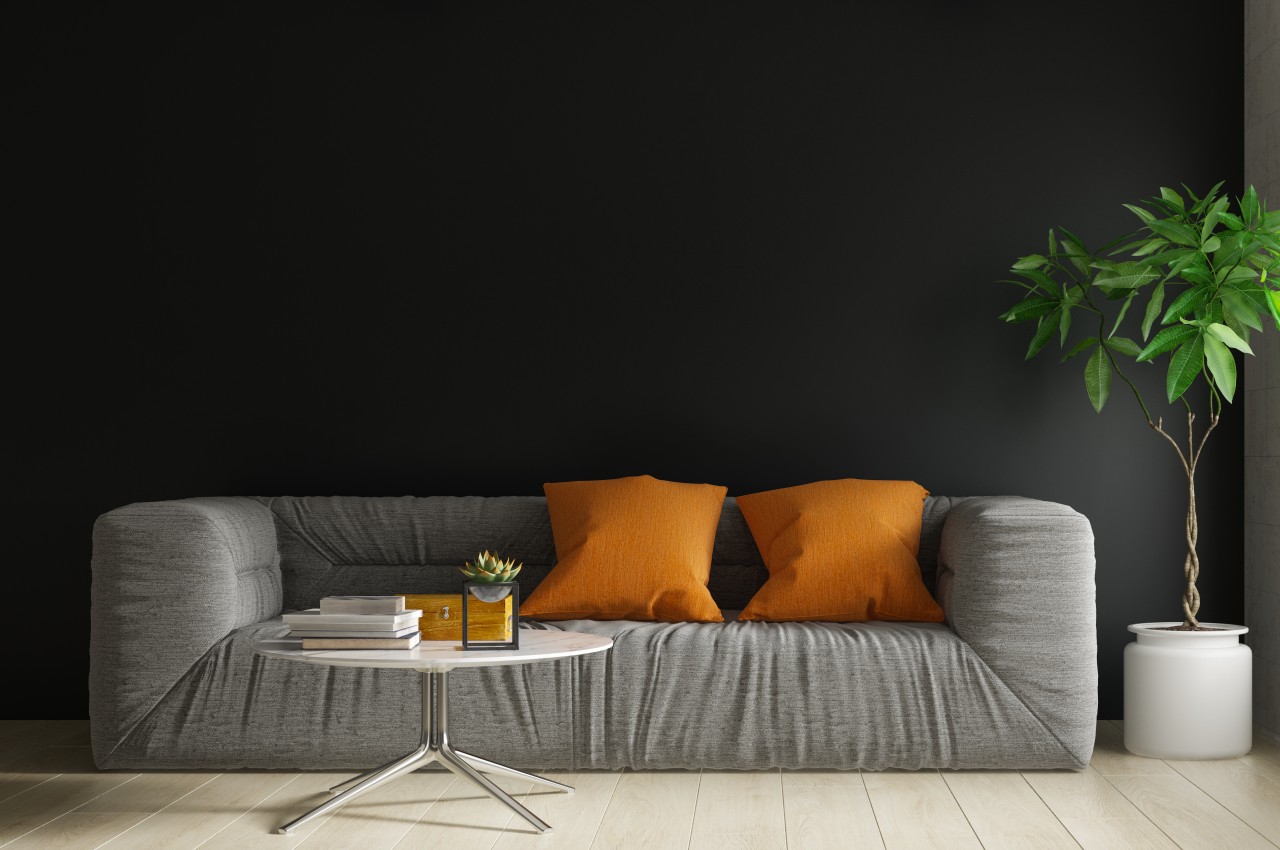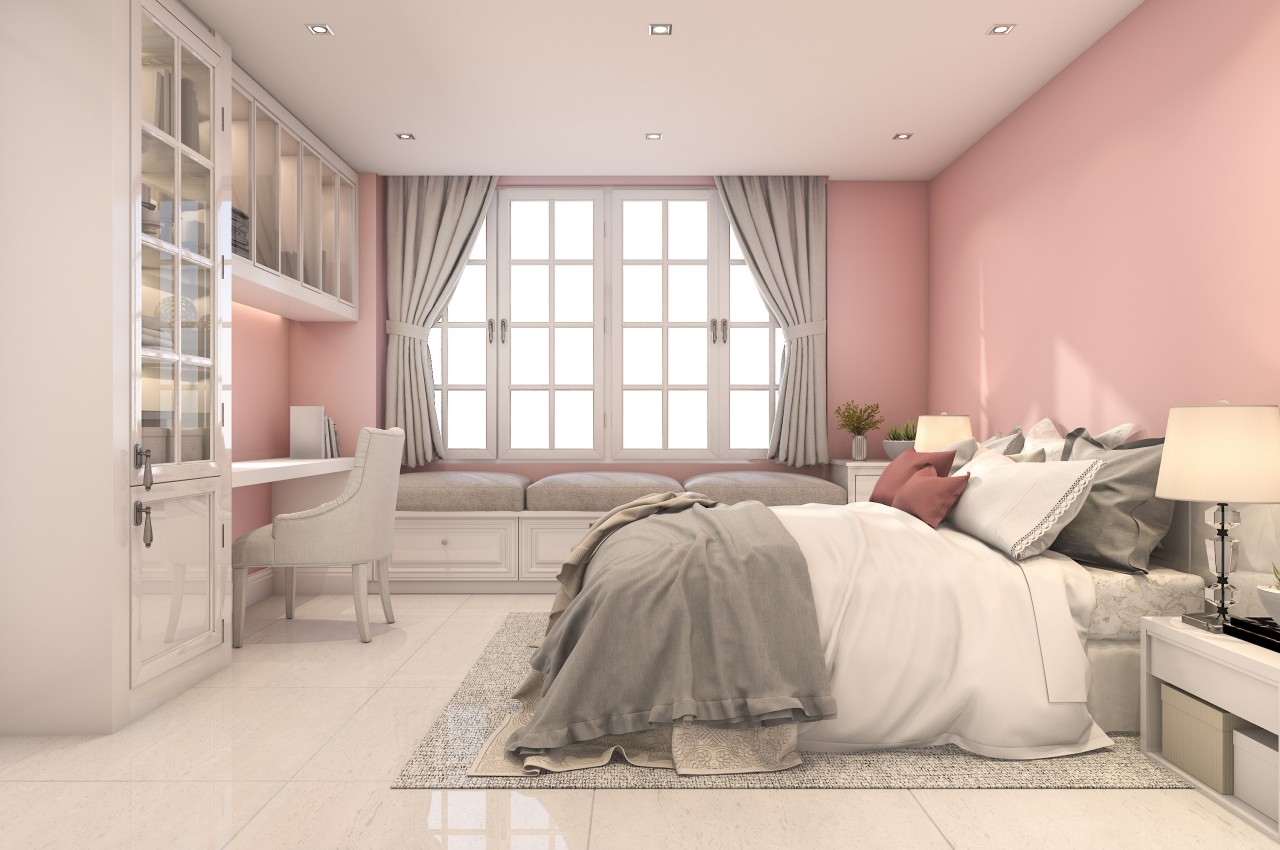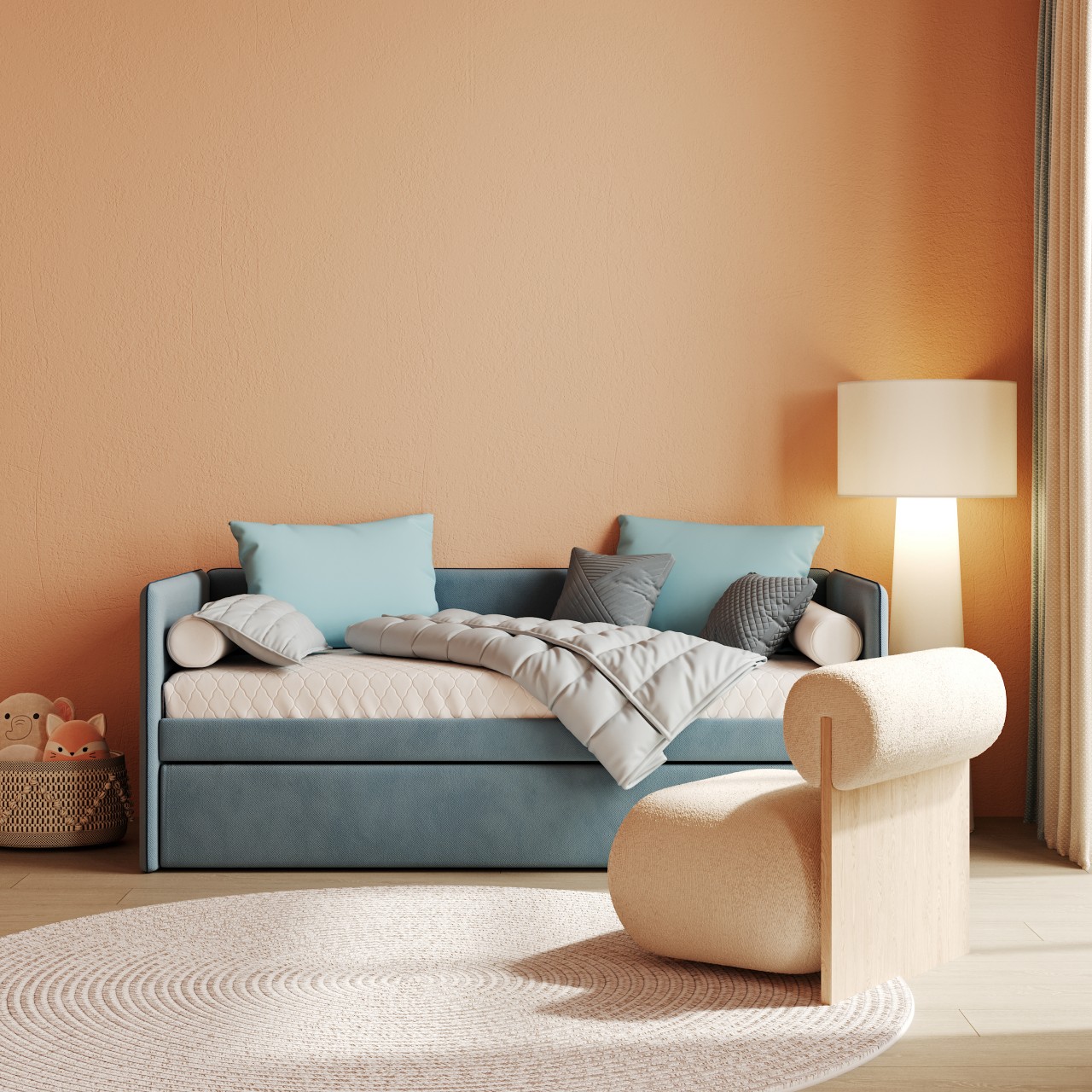
Cleaning and refreshing your home is commendable, but despite your diligent efforts, there are undoubtedly areas you’re overlooking in your cleaning routine. Note that cleaning can often feel unappreciated and result in overlooked areas, which harbor plenty of germs and can become a health hazard in the long run. Here are 25 commonly missed spots that are crucial to maintaining a sparkling clean home.
Image courtesy of: MyLove4Art
1. Top of Window Frame
While you might remember to clean the baseboards during your cleaning session, it’s easy to overlook the higher spots, like the tops of window frames. Grab a step ladder and wipe away the accumulated dust from the top of the window frame.
2. Sides of TV Screen

Image courtesy of: macniak
While you may recall to clean the screen itself, don’t overlook the sides of the TV screen, as these areas tend to gather the most dust.
3. Door Knobs and Handles
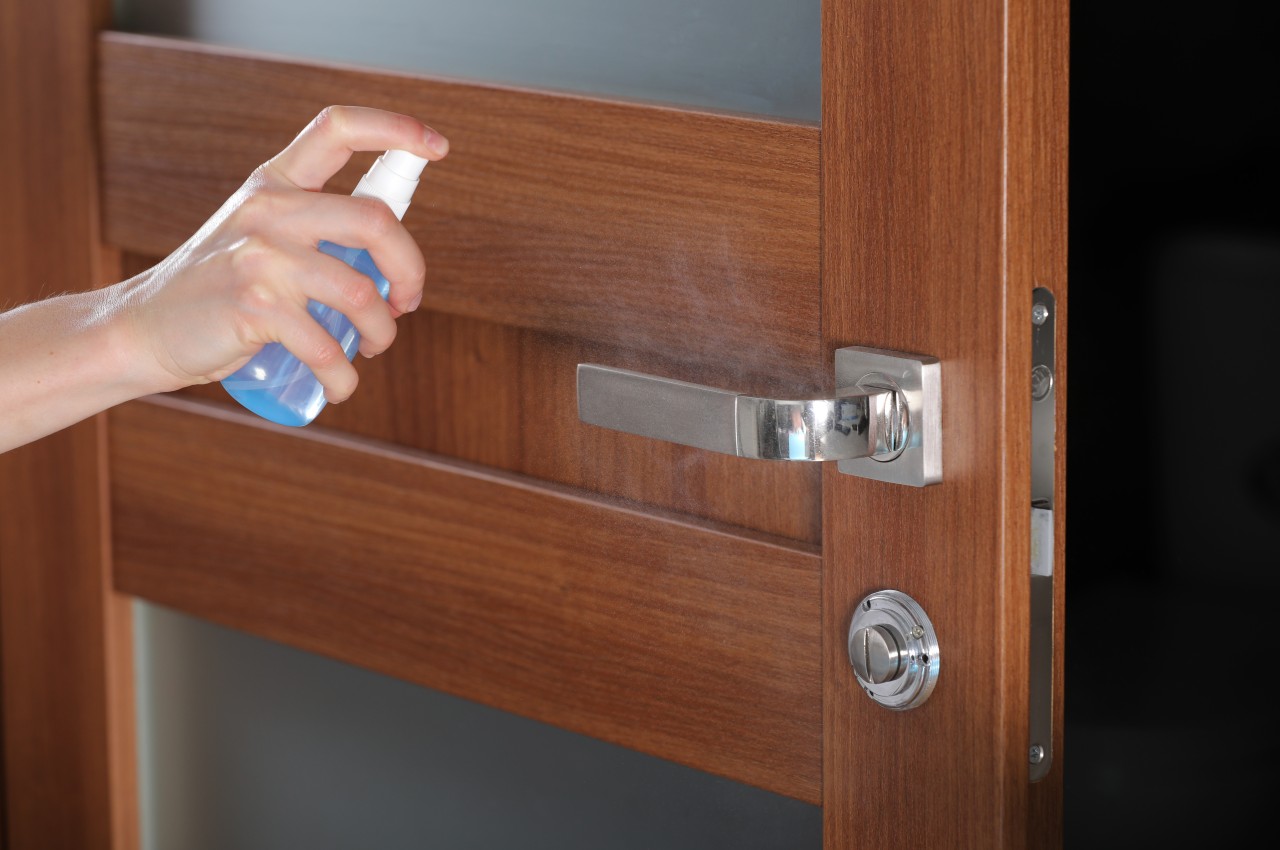
Image courtesy of: andriymedvediuk
With just a few minutes, a quick swipe of doors and handles using a quality cleaning product will make them shine and enhance the sparkling cleanliness of your home.
4. Light Fixtures and Lamps

Image courtesy of: Angelov1
Over time, dust can accumulate on ceiling-mounted light fixtures, fans, and table lamps, leading to a lackluster look and hindering light transmission through the glass surfaces. Regularly cleaning these fixtures with a soft microfiber cloth is crucial.
5. Kids Toys
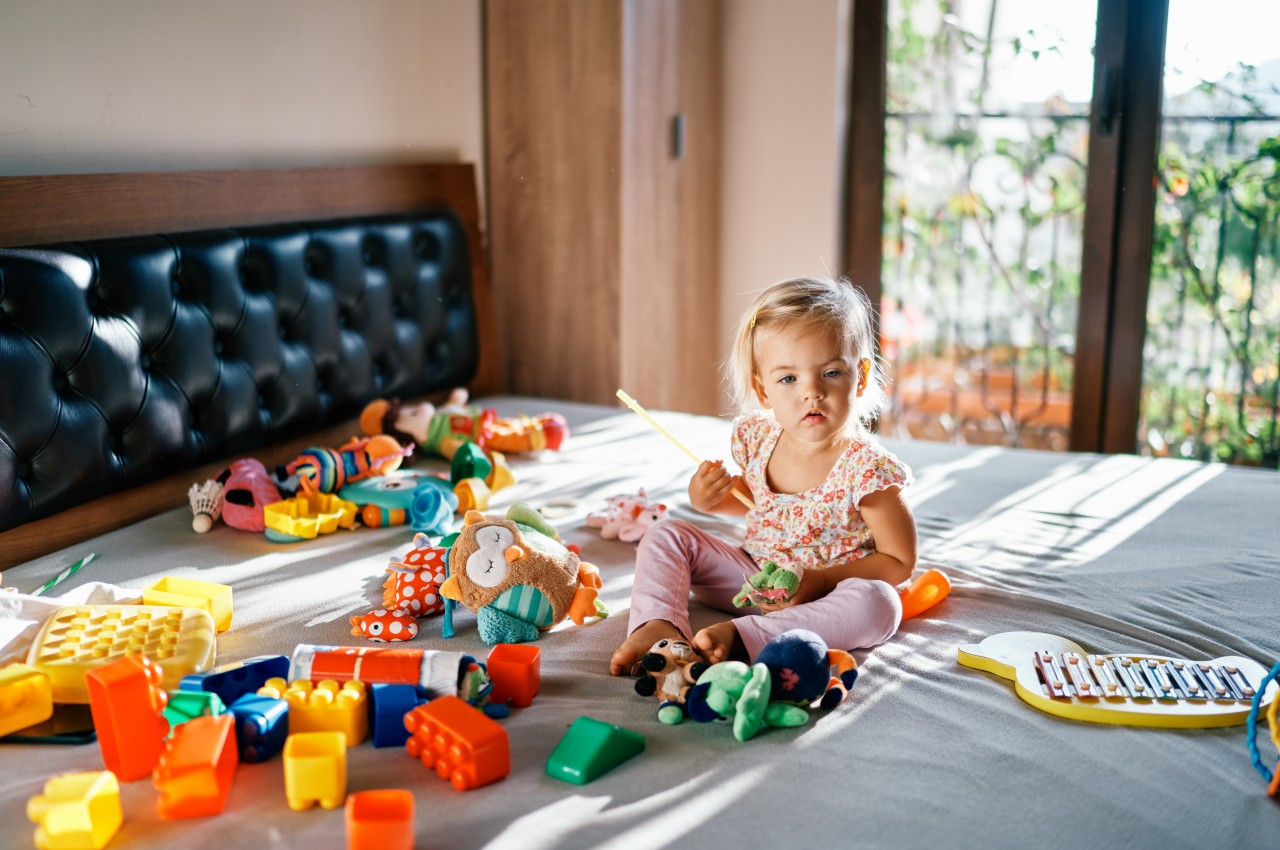
Image courtesy of: Nadtochii
Young toddlers are often unaware of the world around them and tend to explore by putting everything in their mouths. Therefore, it’s crucial to regularly clean their toys. Place hard plastic toys in warm, soapy water, while soft toys can go in the washing machine. Delicate stuffed toys should be hand-washed.
6. Light Switches
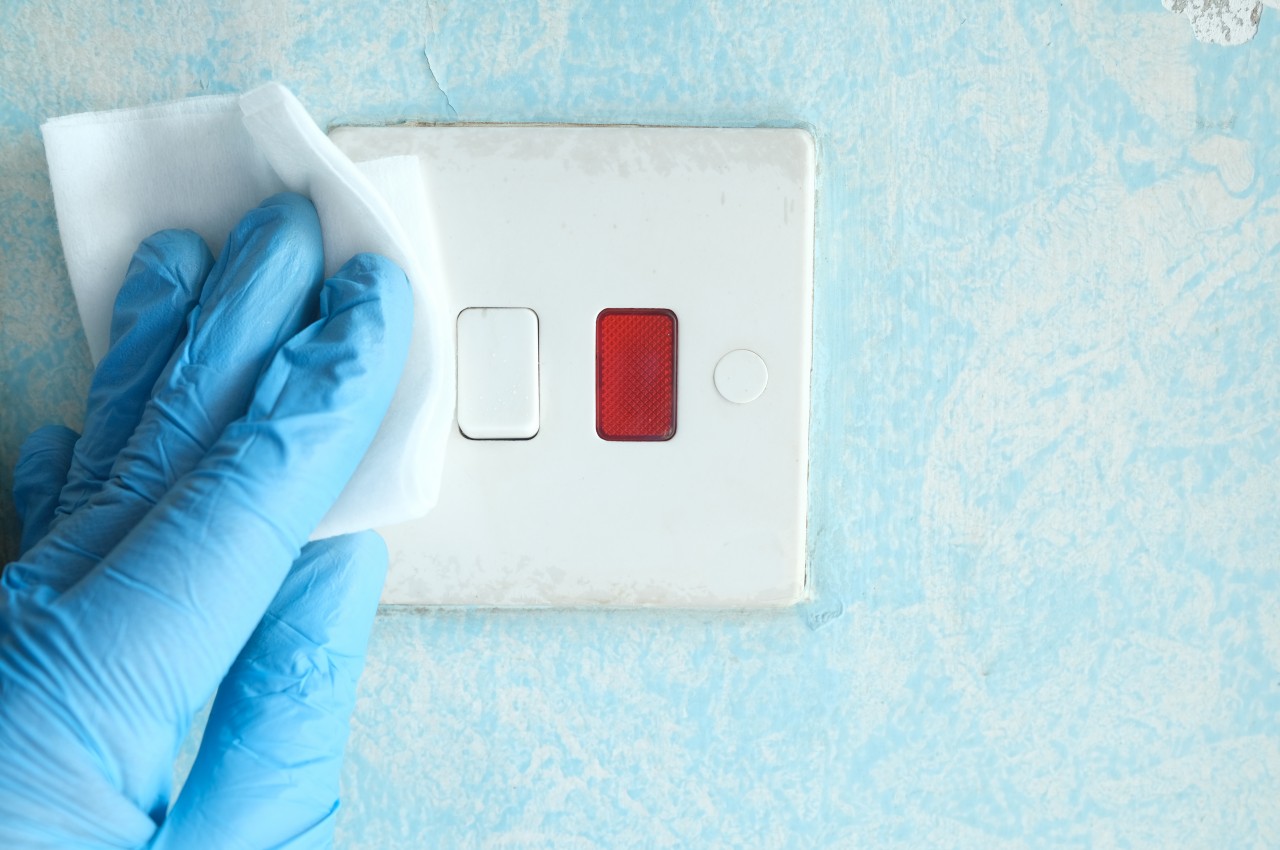
Image courtesy of: towfiqu98
Despite our frequent use of light switches throughout the day, they are often overlooked when it comes to cleaning. These high-touch areas can accumulate germs and filth if not properly maintained. It’s essential to clean them periodically, ideally every few days. Avoid using a soaking wet towel for wiping switches and go for a clean wipe or a slightly damp cloth.
7. Cleaning the Inside of Closet

Image courtesy of: katchanatsarin
Even if you frequently declutter and organize your clothes, you may overlook cleaning the inside of your closet. Remember to wipe down the bar, the top of the hangers, and any shoe organizers with a damp cloth.
8. Ceiling Molding
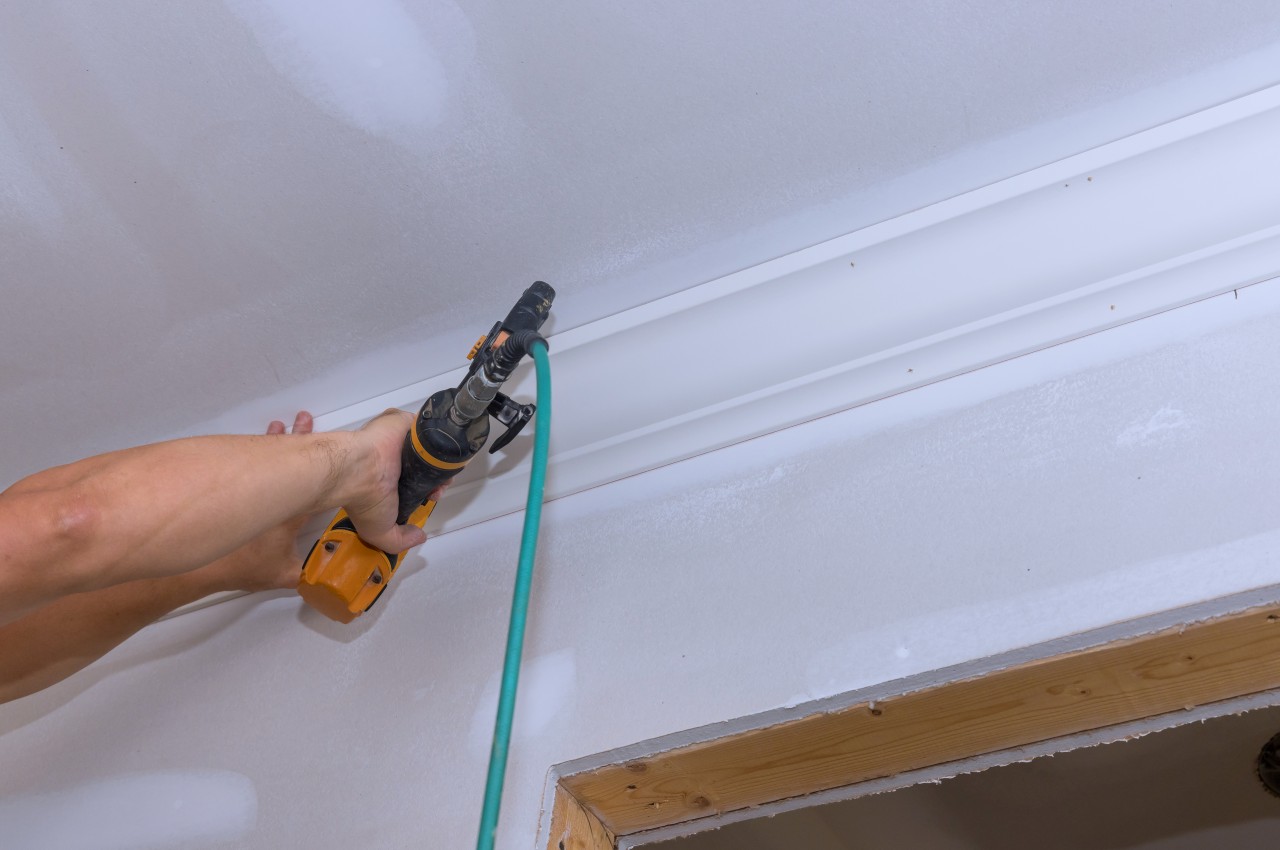
Image courtesy of: photovs
When cleaning the home, it’s crucial to remember to look up as well. While you may frequently clean the baseboard moldings, the ceiling moldings often go unnoticed for ages. Grab a ladder, ensure someone holds it securely, and then clean the ceiling moldings.
9. Under the Bed

Image courtesy of: DC_Studio
It is important to vacuum beneath the bed due to the accumulation of dust, particularly if you utilize the space for storage. Remove all items and thoroughly vacuum, followed by mopping if your flooring consists of floorboards or tiles.
10. Mattress
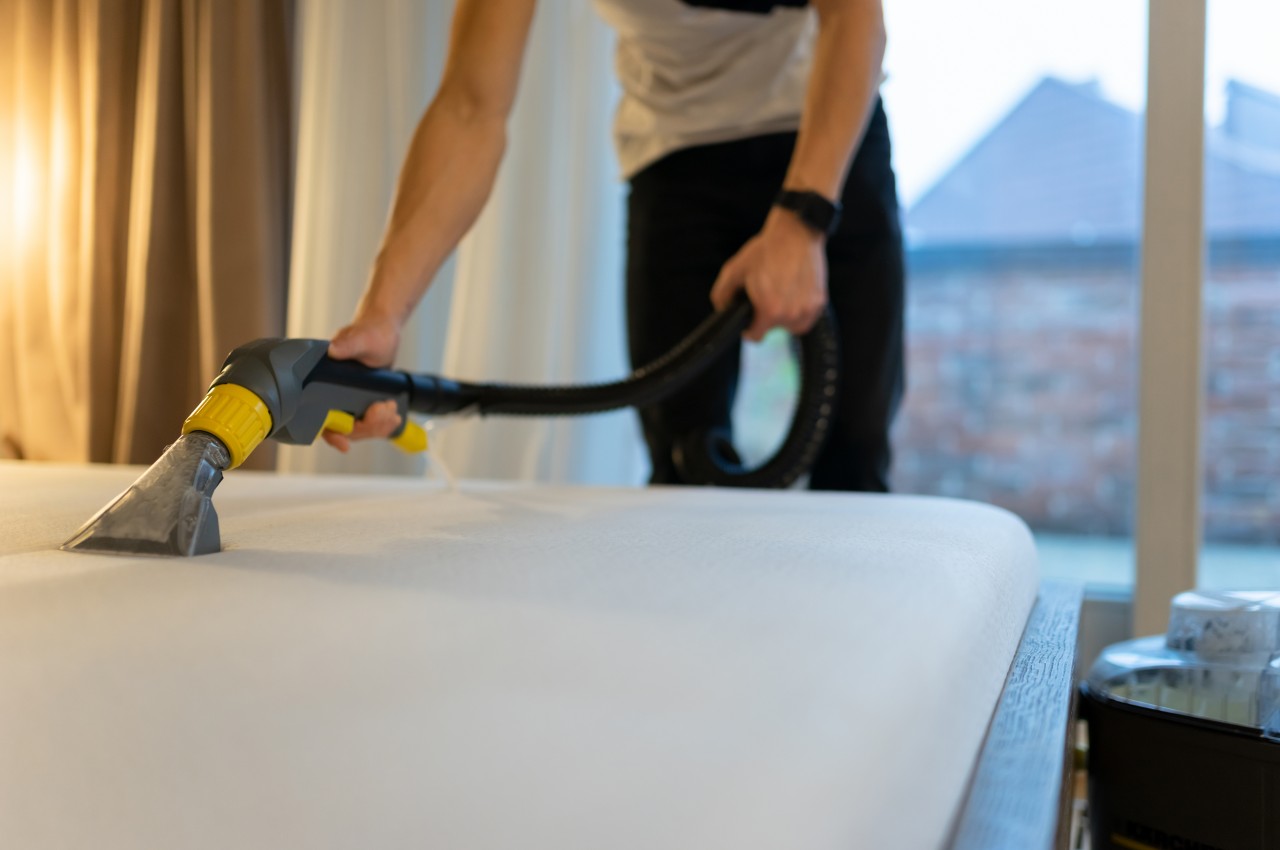
Image courtesy of: borodai
Even though you might be washing your bed linen regularly, it’s common to neglect cleaning the mattress. It’s recommended to vacuum the mattress using an upholstery attachment. For stains, employ a damp cloth soaked in a soapy solution, then follow up with another cloth once the stain has diminished. Avoid using this method on latex or memory foam mattresses and instead refer to the manufacturer’s instructions for cleaning tips. Open the windows to let in sunlight for drying. To freshen the mattress, sprinkle baking soda on the surface and let it sit for an hour or two before a thorough vacuuming.
11. TV Remote

Image courtesy of: towfiqu98
We often overlook the TV remote during household cleaning, despite its daily use. The main downside of a dirty remote is that germs can be transferred to other items in the home that we frequently touch. Utilize multipurpose antibacterial wipes for convenient and swift cleaning tasks like this.
12. Inside the Couch

Image courtesy of: yavdat
The sides and interiors of the sofa are prime areas for crumbs, debris, and pet hair. Therefore, it’s important to vacuum your couch thoroughly at least once a month to instantly revitalize your living room.
13. Toothbrush Holder

Image courtesy of: tan4ikk
The toothbrush holder may have gone without cleaning for some time, so rinse, scrub, and repeat until the grime disappears. Consider running it through the dishwasher to eradicate any bacteria for more effective results.
14. Top of the Refrigerator
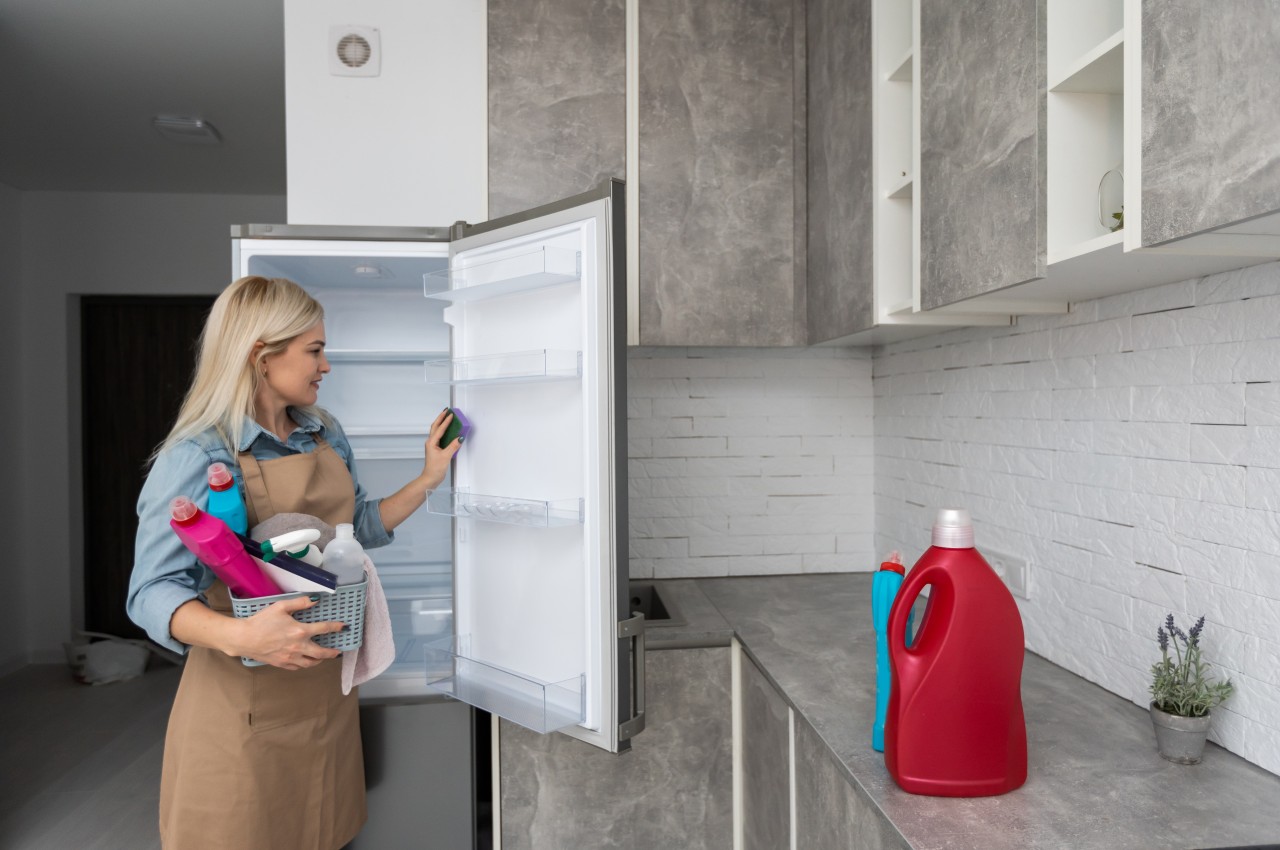
Image courtesy of: Angelov1
The top of the fridge tends to gather a layer of kitchen grease and dust. Utilize a soft, damp cloth with detergent to wipe the surface clean.
15. Bathroom Shelves

Image courtesy of: LightFieldStudios
Bathroom shelves often get overlooked, especially when shampoo, lotions, and soaps leak onto them in the medicine cabinet or beneath the sink. It’s essential to remove all products first, then wipe the shelves clean before putting items back in place.
16. Picture Frames

Image courtesy of: katchanatsarin
Regularly clean the glass fronts of picture frames and dust off the frames. Avoid spraying directly onto the frames to prevent liquid from potentially damaging the photo or artwork. It’s advisable to use a barely dampened glass-cleaning cloth.Top of Form
17. Area Under the Rug
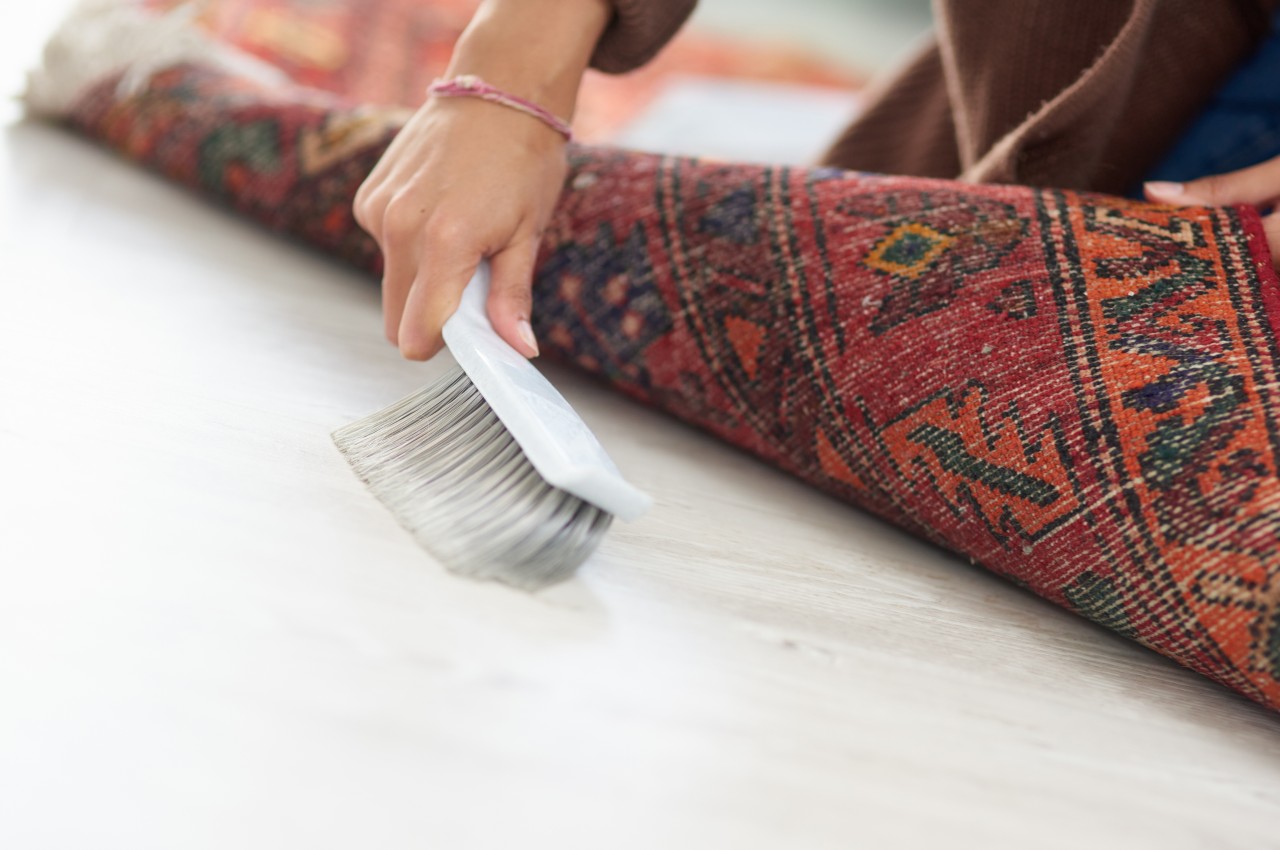
Image courtesy of: YuriArcursPeopleimages
Move the furniture, roll up the rug and its pad, and vacuum underneath to reveal what’s hidden and possibly inspire more frequent cleaning.
18. Inside Kitchen Drawers

Image courtesy of: TDyuvbanova
Food crumbs can sneak into kitchen drawers, so it’s important to give them a good clean. Take everything out, wipe the drawers clean, and then put everything back.
19. Bookshelves

Image courtesy of: studio
Dust shelves one section at a time, removing objects, cleaning, and then returning them while decluttering books and decor along the way.
20. Clean the Window Tracks
While it’s common to clean windows for a clear view, don’t overlook the window tracks and sills. Open the window and thoroughly clean the track and the area where the window meets the frame, using a soft bristle brush to remove debris like pine needles, dust, and bugs. Clearing out the hardware improves window operation and longevity, and for added cleanliness, consider using soap and water for extra cleaning.
21. Shower Curtain
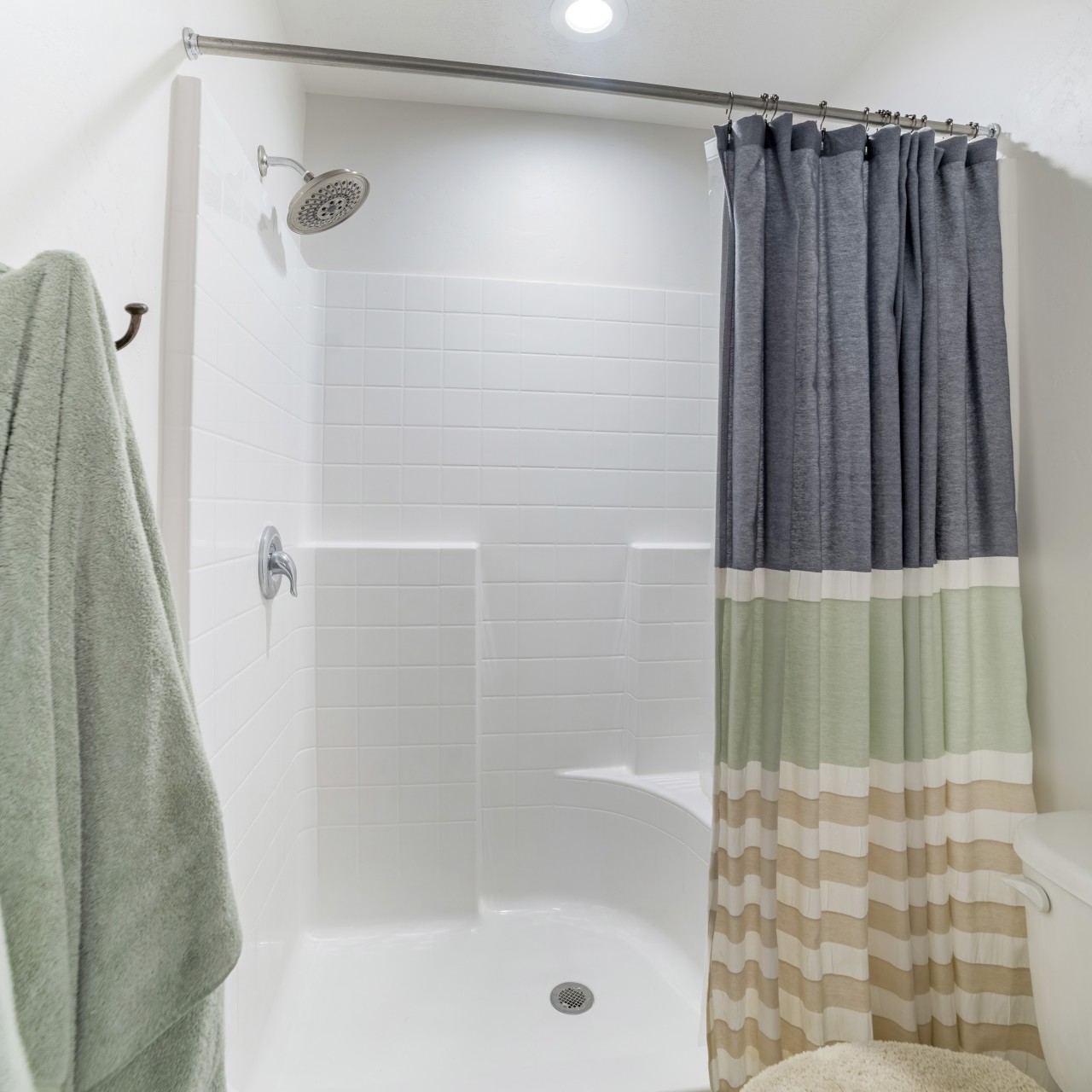
Image courtesy of: wirestock
Tackle the issue of dirty shower curtains that gather mildew, dirt, or soap scum by cleaning them in your washing machine. Include your curtains and liners along with towels, detergent, and a cup of baking soda to refresh them and remove stains effectively.
22. Trash Can
Just removing trash isn’t enough; leftover food or used products can cause bad odors. Regularly scrub and rinse your trash can, and use disinfectant to keep it clean and odor-free.
23. Baseboard
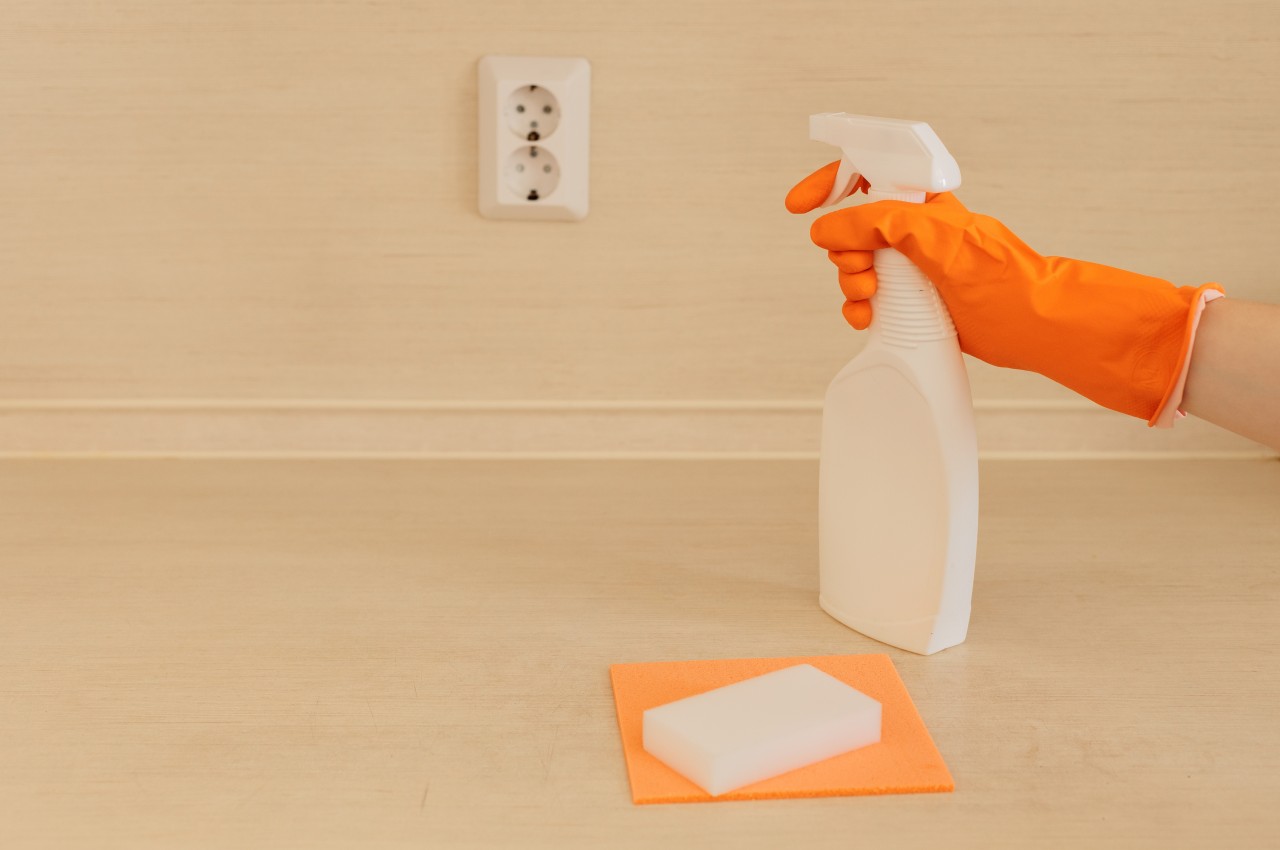
Image courtesy of: timofeevavalentina_foto
One spot that inevitably gathers dust is the baseboard, constantly in contact with shoes, furniture, and airborne particles. Regularly wiping them down can significantly contribute to a cleaner home.
24. Throw Pillow

Image courtesy of: DragonImages
While we often remember to clean our throw blankets by putting them in the washing machine, we tend to forget about cleaning our throw pillows, which depending on their material, can be washed in the machine or wiped down with a damp or dry cloth.
25. Fan blades

Image courtesy of: ellinnur
The fan blades, often overlooked, can harbor significant dust buildup, potentially exacerbating allergies if not cleaned regularly, making it important to prioritize their cleaning to maintain air quality.
It’s beneficial to include these areas in your cleaning routine, and if it becomes overwhelming to do everything at once, it’s advisable to choose one or two to tackle each time, making it more manageable.
The post Top 25 Dirty Spots In Your Home You Might Be Forgetting To Clean first appeared on Yanko Design.

